Read the complete luxury guide to diving Komodo and get all the practical tips to scuba diving Komodo islands luxury style. This Komodo diving guide is based on my experience going 15 times to Komodo since 2006. I stayed in all the luxury resorts in Komodo and Labuan Bajo and did five of the best liveaboard cruises in Komodo. I have done over 100 dives in Komodo and will point you to the best dives sites in Komodo. This Komodo dive guide will help you plan the perfect trip for YOU.
Content of this article:
Why go to Komodo for diving?
Indonesia is ranked as the best diving country in the world year after year, and it is easy to see why. Diving is one of the reasons I spend 4-5 months in Indonesia every year.
The Komodo National Park is located by the island of Flores and includes Komodo, Rinca, Padar, and 26 small islands. The park is a UNESCO World Heritage Site created to conserve the unique Komodo Dragon and its habitat. The park nowadays also includes the marine protected area, and it includes one of the richest marine environments in the world. That’s why scuba diving the Komodo islands is such a luxury experience.
The access town to the Komodo national park is called Labuan Bajo. This is where the airport and most of the hotels are located.
Komodo is undeniably one of the best places for diving in the world. It has beautiful corals, large schools of fishes, big pelagic fishes, and even tons of small fascinating creatures or macro photography lovers. Add generally good visibility, and you have everything a diver could wish for.
Some of the best dives in my life happened in Komodo. You can expect the unexpected and stumble on significant action with a bit of luck! On one dive, we were in the middle of a sardine’s feeding frenzy where sharks and dolphins started to fight. On another dive, we were surrounded by over 20 manta rays that were very curious and came to look us up. The dive with over 30 sharks going crazy and hunting was also mind-blowing.
Anything can happen while scuba diving the Komodo islands, and by choosing the right dive sites, the right timing, and the best guides, you have more chances of stumbling upon the action.
Scuba diving on the Komodo islands
Who should go to Komodo for diving?
Is Komodo good for advanced divers?
Komodo diving has the reputation of being for advanced divers only. This is partially true. Some dive sites in Komodo can have powerful currents that can be dangerous for inexperienced divers. Those strong currents create the biodiversity in Komodo and offer the potential for significant action with tons of large pelagic.
It is, however, possible to choose the time of the day and the dive sites to have more or less currents. Therefore, when you book your dive trip, it is essential to book a liveaboard or daily dive boat that fits your level.
As an advanced diver seeking current, I get frustrated when I am on a boat with beginners, and we only dive protected dive sites with no currents. Read the chapter below on the best dive liveaboards in Komodo to find the perfect liveaboard for your level.
Can beginners divers dive Komodo?
For total beginners, it is possible to learn to dive in Komodo and even do your open water there. I personally would not recommend it. It is a 2 hours boat ride from Labuan Bajo to the excellent dive sites in Komodo, so you will get tired going back and forth to the dives sites. I recommend you do your open water certificate in Bali. Amed, Tulamben, or even North Bali usually have calm water, and you can dive directly from the shore. So go and do your open water certification in an easy and quit place, and then come and experience Komodo. It is easy to combine both on the same trip as Labuan Bajo and the Komodo national park is only 1-hour flight away from Bali.
If you already have your open water certificate and feel comfortable underwater, you should be fine. But make sure you go with a group of beginners divers so that your guide takes you to the protected sides of dive sites that will have less current.
Action dives or Macro dives?
Scuba diving the Komodo islands is mesmerizing. While Komodo has plenty of nudibranchs and critters to keep macro lovers and underwater photographers happy, the real reason to go and dive Komodo, in my opinion, is are the big pelagics and the schools of fishes that create the potential for action dives.
If you are into macro photography and small critters, you will be happier in places like Lembeh, Ambon, and even Bali ( Puri Jati is a great dive site in North Bali that few people know), and they will be a lot less crowded than Komodo.
Sangean island, located between Komodo and Lombok, is one of my favorite dive sites in the world for Nudibranch. Some diving liveaboard in Komodo includes it in their itinerary.
South Komodo also has a few dive sites worth mentioning for nudibranchs and critters, but they are harder to get to from Labuan Bajo and usually require diving on a liveaboard.
Whatever your diving level, don’t forget your insurance to dive in Komodo
It is crucial to have insurance when traveling, especially if you are doing adventure activities with risks involved. It can be costly if you need evacuation or decompression treatment as Komodo is remote.
Dan is often used by divers. Another more comprehensive option is World nomad. You can get an online quote in seconds on the Worldnomad website. Check their prices here. Ensure you read the small print.
How to dive Komodo? Liveaboard or Resort?
Are you better of staying on a liveaboard or in a resort? There is no single answer as it really depends on your preferences. Below, I list the pros and cons of liveaboard vs. resort to help you make the best choice for YOU!
Pro’s of staying on a liveaboard for your Komodo diving trip
1. You get more dives on liveaboards as you get to dive 3 or 4 times a day
The main point of liveaboard diving is to maximize the amount of time diving. It can be done on the resort itself, but one has to book a boat ride or diving trip to the dive sites, return to the resort, and then book again, which can get time-consuming and expensive. The Komodo national park is 2 hours boat ride away ( one way) from Labuan Bajo, so if you go diving every day, it makes for long days.
You also get to the dive sites before the day boats can get there. Some dive sites like Batu Bolong are becoming very crowded so being the first group in the water for a sunrise dive makes a big difference.
2. You see more dive sites as the boat gets to a new destination every day.
While doing day five trips from Labuan Bajo allows you to access some of the best sites in Komodo ( Castle Rock, Batu Bolong,…), the variety of dives from a resort is more limited as you will be diving nearer Labuan Bajo. Liveaboard diving also allows you to see some of the more remote areas of the Komodo National park, like South Komodo, or even to venture outside of the park to the Sangean island near
Besides more diversity in dive sites, you also get to spend time cruising on the boat. I totally enjoyed the end of the afternoon and sunset cruising. Sunset in Komodo can be absolutely stunning!
3. It is easier to meet other divers for people traveling alone
Traveling solo to a resort in Komodo can be solitary as most people come in couple or family and don’t mingle with other guests.
Liveaboards are more friendly for people traveling alone while scuba diving the Komodo islands. Many divers travel solo, and meals are usually around a communal table which is a great way to meet the other people on board. As everyone is on the same schedule, it is also easier to get to know the other passengers.
4. You get excursions to remote islands, villages, and sandbanks and might see more Komodo dragons
In addition to the dive sites, most boats in Komodo include visits to reefs, islands, sandbanks, and of course, the Komodo dragons. Watching the sunset from the top of Padar island is a must do.
You get to visit Rinca Island early in the morning. This is the time of the day when the Komodo Dragons are more active. If you are lucky, you might see them hunting, feeding, or even mating!
If you’re doing a day tour from Labuan Bajo, you will visit Rinca Island in the afternoon, which is generally hotter and more crowded with tourists. In the afternoon, the Komodo dragons hide in the shade, and there is not much happening.
Pros of staying in a resort while in Komodo
Ten years ago, there were only backpacker hostels available in Komodo. This is changing fast with more and more luxury hotels opening around Komodo. There are now some great options both in Labuan Bajo ( the town from where to access Komodo) and on the islands. See the section below for my review of the best hotels and resorts around Komodo.
1. Resorts offer More activities for non-divers
If you are traveling with non-divers, they might be happier in a resort. Resorts typically offer watersports, excursions, a gym, sport, and a spa.
If you stay on one of the resort islands, you also can spend more time on the beach.
2. Resorts have bigger and nicer rooms
The significant disadvantage of liveaboard diving is having limited room space. Cabins on boats are comfortable but small. And unless you choose an upper deck cabin, they often don’t have a view or balcony.
Rooms in luxury hotels or on the island’s resorts are super comfortable. Some are on beach bungalows’ with outdoor bathrooms and have a great vibe.
3. Labuan Bajo has great food options
If you stay in one of the hotels in Labuan Bajo, you will get access to great restaurants. My favorite Italian in the whole of Indonesia is called made in Italy and is located near the Bintang resort. I am also a fan of happy bananas for healthy food and Sushis. The Japanese restaurant at the Ayana resort also has great sushi.
4. Staying in a hotel offers more flexibility.
In a resort, you don’t have to follow the schedule of the boat and can do what you want when you want. Feel like sleeping in one morning; you can do it. Want to go snorkeling at sunset? It is easy to do.
On a boat, everyone follows the same schedule. Dive time and meal times are usually set.
5. Staying in a hotel might be slightly cheaper
Staying in a hotel will be slightly cheaper than a high-end liveaboard, especially if you share the room. High-end liveaboards cost 500-600 USD per night per person. A luxury hotel in Labuan Bajo or on a resort island will set you back 200-300 USD per night, and a day trip of diving to the Komodo national park will cost around 150 USD per person.
But in my opinion, the absolute best way to travel Komodo is to start with a liveaboard and then extend your trip with a few beach days on an island resort or in Bali. So if you have time, consider doing both.
What are the best liveaboards while scuba diving the Komodo islands?
There are over 60 liveaboards diving in Komodo, so choosing the perfect one can be challenging. I have traveled on and written about many liveaboards in Indonesia, and you can read about them here.
I don’t think there is one liveaboard that is better for everyone. It is more about finding the one that works best for you. Here are some suggestions based on my experiences.
You can see here a list of all the best liveaboards in Komodo with upcoming departure dates and prices. Sign up to my mailing list to receive monthly liveaboards deals and promos
Best liveaboard in Komodo for beginners divers, and families
Carpe Diem liveaboard is a small liveaboard with only four cabins. The boat is charming, and the attention to detail is high. It is very intimate. The boat is French-owned, and you will like the food if you are into French food. They are great for beginners divers as they are careful about managing current and even found a way to dive Shotgun, a dive site famous for current, without current. They also offer great value for money as they usually include equipment rental in the cruise price, which can save you 200 or 300 USD per person. The owner acts as a cruise director and is amazing. It is the best Komodo liveaboard for beginners divers, family and is perfect for people looking for a small intimate boat. The boat is small enough that it is also easy to charter privately.
Read my review of the boat here
Best liveaboard in Komodo for expert divers
I am a fan of Ilike liveaboard. With eight cabins, it is a medium-size boat. It has a great team who know the dive sites well. They require a minimum of 60 logged dives and tend to attract very experienced divers. I dove with them five times, and I would often be the least experienced diver in my dive group ( I have over 1000 log dives). They also offer itineraries beyond Komodo. I did the Komodo to Bali trip, which allowed me to dive the fantastic Sangean island. I also did their Komodo to Sumlaki itinerary. A 17-day cruise is surnamed ‘ the biodiversity special’ as you cross a large part of Indonesia and experience different seas and ecosystems.
Check my review of the trips Komodo to Bali and Komodo to Saumlaki here.
Best Luxury liveaboard in Indonesia
The Coralia liveaboard is a large and relatively new boat. It is one of Indonesia’s most luxurious ( and expensive) boats. Their master cabins are large and have panoramic windows opening up to a private balcony, and are really worth upgrading to. Beyond stunning cabins, they also have great food. Their cruise directors are among the most experienced in Indonesia and know how to choose dive sites and itineraries.
Check my review of the boat here.
Dewi Nusantara Liveaboard
The Dewi Nusantara is another one of the top luxury diving liveaboard in Indonesia.
The boat itself is a marvel, boasting more spacious cabins than those found on other vessels, and the crew’s service is truly world-class. The culinary offerings were exceptional, ranking among the best I’ve encountered during liveaboard trips.
Dewi Nusantara stands out with its exceptional dive guides, some of the finest in Indonesia. They excel at discovering fantastic dive sites that offer easy diving conditions with minimal current. As a result, it’s an excellent choice for older individuals, those with mobility limitations, or photographers who appreciate tranquil dives.
While it may come at a higher price point compared to other Indonesian boats, the experience is undeniably worth the investment, particularly if you can secure the master cabin. The substantial number of returning guests speaks volumes about the exceptional service they consistently provide.
Check my review of the boat here
Most stable liveaboard in Indonesia
If you are afraid of getting seasick, check out the Neomi liveaboard. It is one of the biggest boats cruising the Indonesia waters with ten cabins. It is a new boat and is very sturdy. You will barely feel that you are moving. The Neomi liveaboard also has great cabins and experienced dive guides.
Check my review of the boat here.
If you are looking for a smaller but still stable boat, check out the Seasafari 6. It is one of the oldest boats cruising in Indonesia, and it has been very well built. It is also slightly more affordable.
Check my review of the boat here.
What are the best luxury hotels in Komodo?
When choosing a luxury hotel in Komodo, the first question to answer is whether you want to stay in the town of Labuan Bajo or in an island resort.
Staying in town gives you access to the best restaurants and your choice of day tours. You can talk to multiple dive shops and choose the one that dives the sites you want. You can also ensure that the group composition matches your experience level. Staying on a private island give you much more of a holiday feel. It will be more peaceful and allows you to relax on the beach
Best Luxury hotels in Labuan Bajo
The Ayana Komodo hotel is a sizeable tower-style building on the outskirt of Labuan Bajo. It takes 10-15 minutes to drive into town. They have a great sea view and a small beach. The rooms are very classy and modern, a bit like you would expect from any five stars luxury hotel around the world.
Check my review of the Ayana Komodo here.
If you want to stay in the center of town, check out the Meruorah Komodo. It is Komodo’s newest luxury hotel, so I haven’t had a chance to try it yet, but I will try it on my next trip to Komodo ( so stay tuned for my review). It is located right by the harbor, so it is effortless to get on your day trip boat in the morning. It is also a great option if you need a hotel for a night before or after your liveaboard.
Best luxury island resort hotel around Komodo
The Seraya resort is family-owned and has a great vibe. The beach bungalows are rustic and have been designed with care. They also have a diver center and can take you diving to the Komodo national park. They have the best beach for snorkeling straight outside of your room. You can read my review of the Seraya resort here.
Closest island resort to the central Komodo dive sites
The Komodo resort is another great island hotel. It has a cute private beach and attractive bungalows. They are the last private island just outside of the Komodo Marine park so you can get to dive sites like Mawan or Batu Bolong in 30-40 minutes. You can read the review of my stay at the Komodo resort here.
Best luxury hotel in Sumbawa to dive the Western side of Komodo
Most people who want to dive Komodo go to Labuan Bajo. Few people know that you can also dive it from Sumbawa. The Kalimaya resort is a cute beachfront dive center on the eastern coast of Sumbawa. They do day diving trips to the western side of Komodo and dive the fantastic Sangean islands. The Kalimaya resort also dives the East coast of Sumbawa. It is seldom crowded as few people dive from Sumbawa. East Sumbawa is an excellent option for macro photography lovers. The place seems to be fished heavily, so don’t expect as many big fishes and schools of fish as in the Komodo national park. It is worth noting that Sumbawa doesn’t allow alcohol sales, so if you like your beer after diving, you will be happier in Labuan Bajo.
I stayed in Kalimaya resort, and you can read my review here.
What are the Best dive sites in Komodo?
Komodo comprises 29 islands, so there are many dive sites to enjoy. In my opinion, five really stand out, and you shouldn’t miss them!
Komodo is divided into four regions, and they are quite different:
Diving North Komodo
North Komodo is where to go and find channels, pinnacles, and some great drift dives. The current can be strong, attracting reef sharks, rays, turtles, and big fish. Eagle rays often hang out in Crystal rock. During the rainy season (December – March), diving in this region may not be possible due to northwestern winds creating extremely choppy waters.
Crystal rock dive site
The Crystal Rock dive site in Komodo is composed of two submerged pinnacles near Gili Lawalaut. The biggest rock goes up to the surface, and the smallest one is 12 meters down.
There are a lot of sharks and giant trevallies patrolling the area, including grey reef sharks. The channel between the two pinnacles had many schools of fish, including sweetlips and big napoleon wrasses.
Tip: There is often more current close to the surface, so it is good to down quickly, and it might require a negative entry.
This site not only has lovely corals and soft corals, but the amount of fish is genuinely stunning. It is a great way to wake up and feel alive. The negative entry straight on to meet 6 or 7 grey reef sharks will help you awaken swiftly 😊
Castle Rock dive site
Castle Rock is probably my favorite dive site in Komodo. It is an underwater pinnacle that starts at 5 meters and goes down to 30 meters. This dive site can have a ferocious current, making it often one of the most exciting dives in the entire park. There are a lot of big pelagic fishes hanging out in the area.
There is a balcony at 30 meters, where you can hook to see the fish’s actions. The amount of large fish is spectacular with a lot of surgeonfishes, big eyes jacks… But if you look beyond the fishes, you will also find stunning soft corals and small creatures like crocodile fishes, nudibranchs, pygmy seahorses,… I wish I could dive here every day!
Shotgun dive site (also called the Cauldron)
The Shotgun is one of the most exhilarating dive sites in Komodo. It is the channel between two islands, and it often has strong currents.
It is not uncommon to see unprepared divers tumbling around and popping up to the surface.
TIP: to avoid popping up, deflate your BCD as you exit the Cauldron. The current will push you up, so reducing the air in your BCD in advance will help you have the correct buoyancy as you go up fast. Don’t panic, the current is strong in the channel but it will stop on its own after a few minutes of drifting. So dont fight the current and enjoy the drift while watching your buancy.
There are often Manta’s hanging around in the channel between the two islands.
Golden Passage dive site
The Golden Passage dive site in Komodo is exhilarating, as the drift can be quite fast through the channel between Komodo Island and Gili Lawa Darat. The golden passage is a shallow dive site with a maximum depth of around 20 meters. Here you can find the healthiest hard corals in Komodo. It is an excellent place to spot sharks at 20 meters.
The pinnacle starts at 5 meters and is much bigger than crystal rock. There is a crack in the rock at 7 to 10 meters that you can go through.
Diving Central Komodo
Central Komodo is the core region of Komodo and is the closest to Labuan Bajo. It offers a few pinnacles like the world-famous Batu Bolong. There are slopping corrals and walls coming off Tatawa, Siaba, and Mawan islands.
Karang Makassar and Mawan are your best chance at seeing manta ray in Komodo. I have seen them on 80 % of the dives I did there.
Batu Bolong dive site
Batu Bolong is Komodo’s most famous dive site, and it’s an example of diving at its best. there is always a full-on festival for fish life at the “hole in the Rock.” It is so popular that you now need a permit to dive it.
Batu Bolong is a peninsula that goes down to 90 meters. The amount of fish is impressive, with hundreds of red anthias fishes. The reef is in good condition because of the rock’s topography and exposure to strong currents. Batu Bolong has everything you could wish for in a dive. Amazing hard and soft corals, dramatic topography, millions of tiny colorful fishes, and many big predator fishes hunting in the blue.
The wall is full of amazingly colorful corals and small critters. The blue is full of sharks and other predators. Napoleon wrasse and Whitetip reef sharks reside in deepwater areas, cruising to the shallow areas for hunting. Turtles feed on the algae; sweetlips hide in the overhangs, and surgeonfish dance around the pinnacle. It can be stressful because there is so much going on that you don’t know where to look anymore… A dive at Batu Bolong is always too short!
TIP: Be prudent when you dive Batu Balong and stay close to the reef as there can be strong downwards currents. Batu Bolong is one of the most dangerous sites in Komodo, and it has claimed many lives.
Batu Bolong dive site can get jam-packed underwater as it is the one dive that everyone diving Komodo wants to do. I have seen over 100 divers on that dive site! Being on a liveaboard allows you to dive it early before the day boats show up. If you want to be the first group underwater, you will need to wake up before sunrise at 5:30 am. It is well worth it, but the luminosity is still poor at 6 am so you won’t get all the colors of the corals shining.
And yes, the picture below is mating sharks!!! They were down at about 30 meters. Anything can happen in Komodo!
Manta Point or Makassar Reef dive site.
This is the largest dive site in Komodo, spanning over 2 kilometers. It is a sandbank with a sloping reef that is mainly sand a few coral bommies.
The highlight of this site is it has cleaning stations for mantas, so they are often seen here. In my experience, we often see them, but they are usually just cruising by. I have had better (and longer) encounters at the Mawan dive site. You have more chances to see the mantas on this dive site if there is a bit of current.
Mawan dive site
Mawan is a gentle drift dive over a sizeable coral garden. The coral is not fantastic, but the mantas that often roam this site are the main attraction here. Mantas usually hang around near the cleaning station at the island’s tip. The area is not very deep, at about 10 meters. Mantas here are very used to divers. If you stay calm, give them space, and don’t get too close to them, they will likely come close to you and check you out. I have had many mantas encounters at Mawan where mantas would come to an almost touching distance to me. But if you swim towards them, they will see that as a sign of aggression and leave the dive site.
Diving South Komodo
Reaching south Komodo is a bit harder as it is further away from Labuan Bajo, and the waves can prevent boats from going there. It is usually best accessed with a liveaboard.
South Komodo is home to manta alley dive sites where up to 50 mantas can congregate. Some dive sites are also great for macro lovers and are full of nudibranchs. The water visibility is usually less good than in Central and North Komodo as the water is full of plankton. There are fewer hard corals in this park area but more gorgonians and soft corals. The sea apples are also frequently seen here.
Manta Alley dive site
Manta alley is composed of arid rock formations at the bottom of Komodo island. We saw some dolphins from the boat but unfortunately didn’t see them underwater. But we did see mantas—so many that it was hard knowing where to look. I stopped counting them after the first five, but there must have been over 30. They were coming from everywhere. Feeding, doing the mating dance, getting cleaned… what a party! Also, I have never seen so many krill in my life. The water was so thick with them that they were ruining our visibility. I was half expecting whales to come by and feed on this feast. Mantas came and went in their graceful ballet. Some were more curious than others and came to have a good look at us. What a fantastic dive site!
Diving West Komodo
Even fewer people make it to West Komodo. To dive this area, you either need to be on a liveaboard (usually covered by liveaboards doing the Komodo – Bali or Komodo- Bima). Or you have to stay at the Kalimaya dive resort in Sumbawa.
It is a lot less crowded with divers, and the main reason to come here is the Sangean island dive sites. The place is stunning with myriads of gorgeous soft corals and too many nudibranchs to count. We also saw an octopus and a pink pipefish that I had never seen before.
Bubble dive site in Sangean island
Bubbles dive site got its name from all the bubbles coming out of the ground. We are diving on an active volcano!
The temperature is a bit warmer than the other dive sites nearer the Sumbawa mainland, which might be due to the volcano’s warmth underneath the volcanic island.
The bubble dive site is composed of a few rocks that stick out of the water. It starts at about 4 meters and goes down to below 40 meters. Areas of black sands surround corrals bommies. Some of the rocks create walls that are fully covered in the most flamboyant soft corals and tunicates. Nudibranchs are everywhere. We dove 70 minutes here, but I could have honestly stayed another 30 minutes. It was so gorgeous!
Farmers wall dive site in Sangean island
The farmer’s wall dive site is located on the south side of Sangean island. It is a mix of rocky slopes that becomes a wall. The wall goes down to 25 meters and is covered in soft corals. Unfortunately, the current was quite strong in that part of the dive. We passed the wall in less than 5 minutes which was too fast to really enjoy it. We found a huge white frogfish and a few nudibranchs.
What is the best time to dive Komodo?
When considering when to dive Komodo, most people focus on the months and the seasons. I personally think it is only part of the question. The moon cycle significantly impacts diving in Komodo, the current, and the tides, so make sure you also read the next chapter.
The high scuba diving season for Komodo is May – October, which is also the dry season.
In the dives sites in Central and North Komodo, the visibility is better. The waves are smaller, making it easier for boats to reach the dives sites that are more exposed ( It might not be possible to dive the North Komodo dive sites every day in January and February as the waves are too big)
The diving season of the south Komodo National Park is the opposite to the north and central regions and the best time to go there is November to April.
It is, however, possible to dive Komodo all year round
Komodo diving season in November, December, January, and February ( the rainy season):
Pro’s of diving Komodo in November, December, January, and February
- It is a lot less crowded
- It is peak manta season in central Komodo. Plankton is blooming, and it attracts mantas.
- Dive sites in South Komodo are easier to access
- Even though it is called the rainy season, it doesn’t rain that much
- The water is a bit warmer
Cons of diving Komodo in November, December, January, and February
- The visibility in the central and south part of Komodo drops down
- A few days every year, the weather gets stormy, and boats are not allowed to leave the harbor, so your dive trip might get canceled. It can happen, but I have been to Komodo many times during the rainy season, and it has never happened to me.
Komodo diving season in June, July, August, and September ( the dry season):
Pro’s of diving Komodo in July, August, and September
- It is the dry season, so less chance of rain or waves
- The visibility in the north and central Komodo is at its best
Cons of diving Komodo in July, August, and September
- July and August are becoming increasingly crowded in Komodo. You can find over ten boats on a single dive site, making it very crowded underwater. It also reduces your chances of seeing mantas and sharks as they are less likely to approach if they are very crowded.
- You need to plan ahead. The good hotels, boat, and dive shops get booked weeks ahead.
- South Komodo is harder to reach as the waves are bigger in that area
So what is the best season to dive Komodo?
I personally avoid July and August as I find komodo diving too crowded. The shoulder seasons are great choices because visibility can be good, and Manta’s are around.
But if you can only take your holiday at a certain of the year, don’t worry too much. Every day diving in Komodo is a good day!
What I find more important that the moth or the season to dive Komodo is to tide and moon cycle so keep on reading below
What is the best moon cycle to dive Komodo?
As you have understood by now, currents are hugely important when diving Komodo.
Best time to dive Komodo for advanced divers
If you are an advanced diver and want to dive the current, try diving on the full moon and the two days after that. This is when the magic happens, and if you are lucky, you might even stumble upon some corals or sponges pollination. The new moon also has a strong current.
Best time to dive Komodo for beginners divers
If you are a new diver or do not want to dive with current, time your trip during the first or 3rd crescent moon ( avoid the new moon and the full moon)
A good dive guide in Komodo is essential as they will know how to connect the tide charts to the dive sites you are planning to do. They will get you to the right place at the right time and hopefully without too much effort.
How to get to Komodo ( Labuan Bajo)?
The Komodo national park is reached via the Labuan Bajo airport. It is straightforward to get to with direct flights from Bali that last about 1 hour. There are over 10 direct flights a day.
Labuan Bajo also has direct flights to Jakarta and Makassar.
TIP: If you are flying internationally in Jakarta, beware that there are two airports in Jakarta, so make sure both your flights are in the same airport
What airlines to choose in Indonesia?
I usually fly to Labuan Bajo with Garuda, as they have an excellent luggage policy for diving equipment.
TIP: At the time of writing, Garuda allows 23 kg of diving equipment as free extra baggage, making it the best choice of airline for divers in Indonesia.
Other good options include Citilink and Batik Air. I took one of my flights in business class with Batik air, and it was not worth it. You get an extra 10 kg of baggage allowance and a bigger seat, but that’s it. No lounge access and no extra food and drink on the plane. Not even a coffee or a soft drink. Just the same small plastic water bottle you get in economy.
TIP: Citilink has a sports club that you can join for 450000 Rp. It gives you 20 kg of freediving equipment on all flights, so you pay back the card with only one trip. To join, check here.
If you think of booking Lionair because it looks cheaper, read my review on why I will not fly Lion air here.
TIP: Airlines in Indonesia do not usually check the weight of my carry-on bag as long as it is a reasonable size.
Non-diving activities in Komodo
Visiting the Komodo Dragons
The number one attraction in Komodo is, of course, the Komodo dragons. No trip to Komodo is complete without encountering the world’s largest lizard.
You need a guide with you at all times to protect you from the dragons. The guides carry around a large wooden stick to ward off any dragons.
Rinca or Komodo island?
The best place to see the Komodo dragons is Rinca Island, but it is also the most crowded as it is closer to Labuan Bajo. Here, you can hike around the gentle hills while searching for these wonderful animals… You can also see Komodo Dragons at Komodo National Park, located on a separate island from Rinca. Komodo island is larger, so it can be harder to find the dragons. It is also further away, which makes for a long trip if you do it as a day trip from Labuan Bajo.
Hiking to the top of Padar Island for sunset
Padar island is one of those picture-perfect places. The view from the summit is stunning, with beaches of different colors. It is a steep walk of about 1 hour, but it is not technically difficult since they’ve built a path.
TIP: for Padar, No hiking gear is required: it can even be done in flip flops
To get to Padar, you have to take a boat from the mainland of Labuan Bajo, which takes around 3 hours. The Padar’s visit can be combined with a trip to Komodo National Park.
Bat watching
Kalong Island is one of the only places on earth you can seeThousands upon thousands of bats migrating out from the mangroves towards Kalong island. They migrate every day around sunset time. It is a stunning sight to see hundreds of giant bats flying simultaneously. It lasts for about 10 minutes.
For day tours, Kalong island is usually combined with a visit to Rinca Island to see the dragons.
If you have time, go and explore Flores while scuba diving the Komodo islands. It can be a bit rough as there are no luxury hotels, but it is super rewarding with beautiful landscapes and welcoming people.
What do you need for scuba diving the Komodo islands?
- A SMB. People have been taken by the current before. If it happens to you, don’t panic. Just surface slowly. Having an SMB will help the boat see you and increase your chances of being found quickly.
- A camera if you have one. I dive with a small GoPro for many of the action dives only as I find my big camera with strobes too hard to handle with strong currents.
- A 5-millimeter wetsuit ( or even bigger if you go to South Komodo). The temperature ranges from 25-28 degrees
- A dive computer so that you can ascend safely even if you get separated from your groups
- Dive socks. Diving in Komodo can be intense, and you might use your fins a lot so make sure you are comfortable. I like to wear neoprene socks in my fins.
Tip: do not bring gloves as they are not allowed in Komodo (and not needed)
- If you have your own gear and plan to dive for more than a few days, bring your own equipment, as it will likely be better than the rental equipment. Most day dive shops will include dive gears in the trip price. Most liveaboards do not, and it can be pricey (up to 300 USD per week for a full set rental).
Tipping on a Komodo liveaboard?
While scuba diving the Komodo islands you should consider tipping. Crew tips are not included in your diving liveaboard costs, so factor that when doing your budget. While tips vary and are discretionary, the crew is always grateful to receive something. Many of the staff onboard are working seven days a week to support their families and often send their full salary back to them. Tips are therefore needed for their daily expenses while cruising.
In my experience, the service level on Indonesian liveaboards is outstanding, and the crew is an essential part of a great diving cruise. One of the reasons I adore scuba diving the Komodo islands.
How much to tip on a liveaboard in Indonesia?
Usually, the cruise directors will tell you on the last day the expected tipping. If the service is excellent, I tend to go a bit higher than that. they don’t tell you how much tipping is expected, the standard I use is to tip either 10 percent of the value of the cruise or 1 euro per member of staff per day.
Who to tip on a Liveaboard in Indonesia?
I recommend tipping the whole crew rather than giving individual tips. Indonesia is a communal society, and there are many people on the boat that work hard, but that you might not see much on board (think about the sailors doing night navigation or the engineering team)
The cruise director will usually give you a tip envelope on the last day, and all the money collected through the envelopes will be shared with the whole crew.
Going beyond Komodo – Indonesia Diving Resources
The 17 000 islands of Indonesia offer the best diving in the world. Every year, I spend a few months exploring the various dive sites, and I have written over 40 articles about diving in Indonesia!!
From Bali’s most famous dive sites to the unchartered water of Halmahera, there is a lot to explore.
Here are a few destinations to explore:
Add-on diving trips around Flores island ( near Komodo)
- Diving Maumere with Ankermi resort
- Cruising Komodo to Bali with Ilike liveaboard
- Cruising from Komodo to Maumere with Ilike liveaboard
- Diving Sumbawa with Kalimaya resort
Other diving destinations in Indonesia worth checking out.
- Diving in Raja Ampat. Raja Ampat is the other major diving destination in Indonesia and should be on your bucket list. I dove it many times, both on liveaboards and resorts
Review of Raja Ampat cruise with Neomi liveaboard
Staying at the Papua Explorer resort
Cruising and Diving Raja Ampat with Coralia liveaboard
Exploring Raja Ampat and Triton Bay With Ilike liveaboard
- The most thought after diving trip in Indoensia is the Banda islands in October as you get a chance to dive with schooling hammerheads. I did the Banda islands cruise with 3 different boats and you can read my reviews below
- Diving Bangka and Lembeh with the Sunshine liveaboard
- Diving Sangihe islands with the Sunshine liveaboard
- Diving Kaimana and Triton Bay with Ilike liveaboard
- Diving in Alor with La petite Kepa hotel
- Discovering the unchartered Halmahera with Jakare liveaboards with Jakare liveaboard
- Cave Diving in Kupang with Donovan
- Diving in Bali: Amed, Tulamben, blue lagoon,…
- Diving in East Timor and Atarau
- Diving in Ambon. Read this if you are into Macro and critters
- Cruising from Saumlaki to Maumere on the 16 days biodiversity special cruise with Ilike liveaboard
Happy diving 🙂

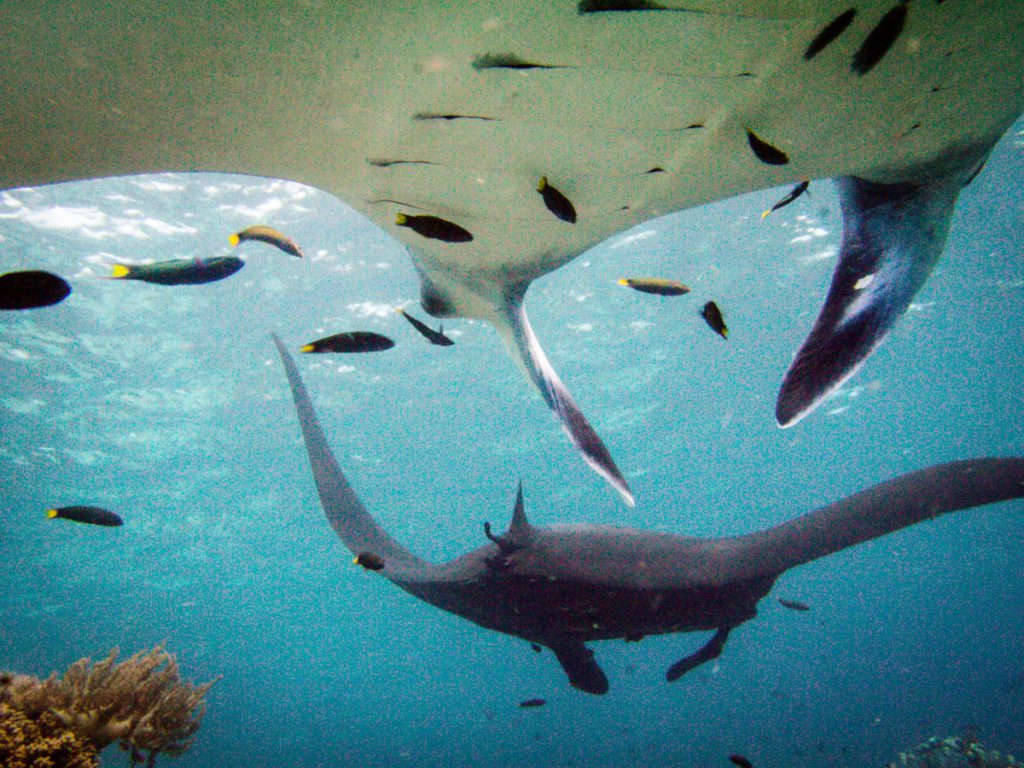
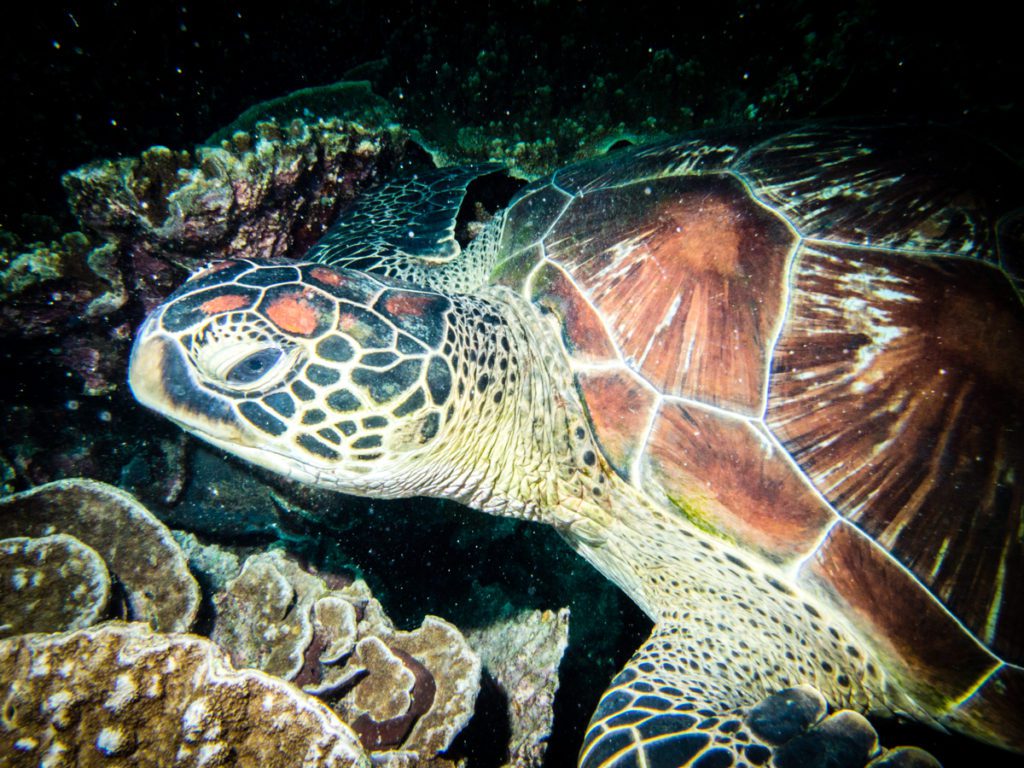
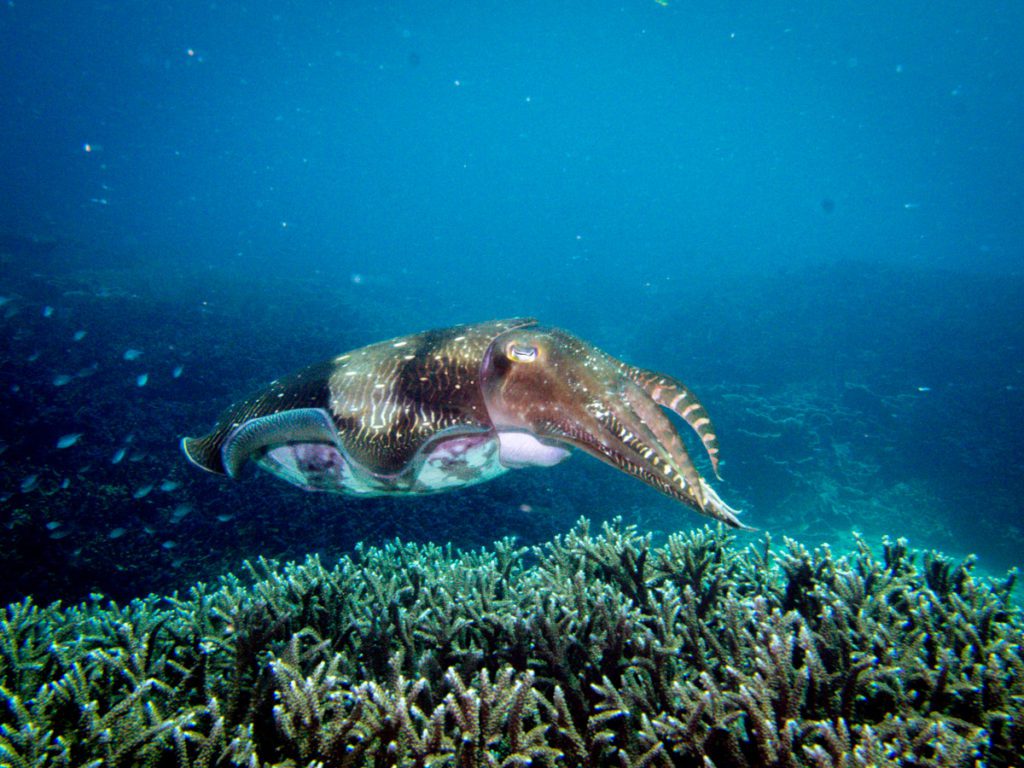
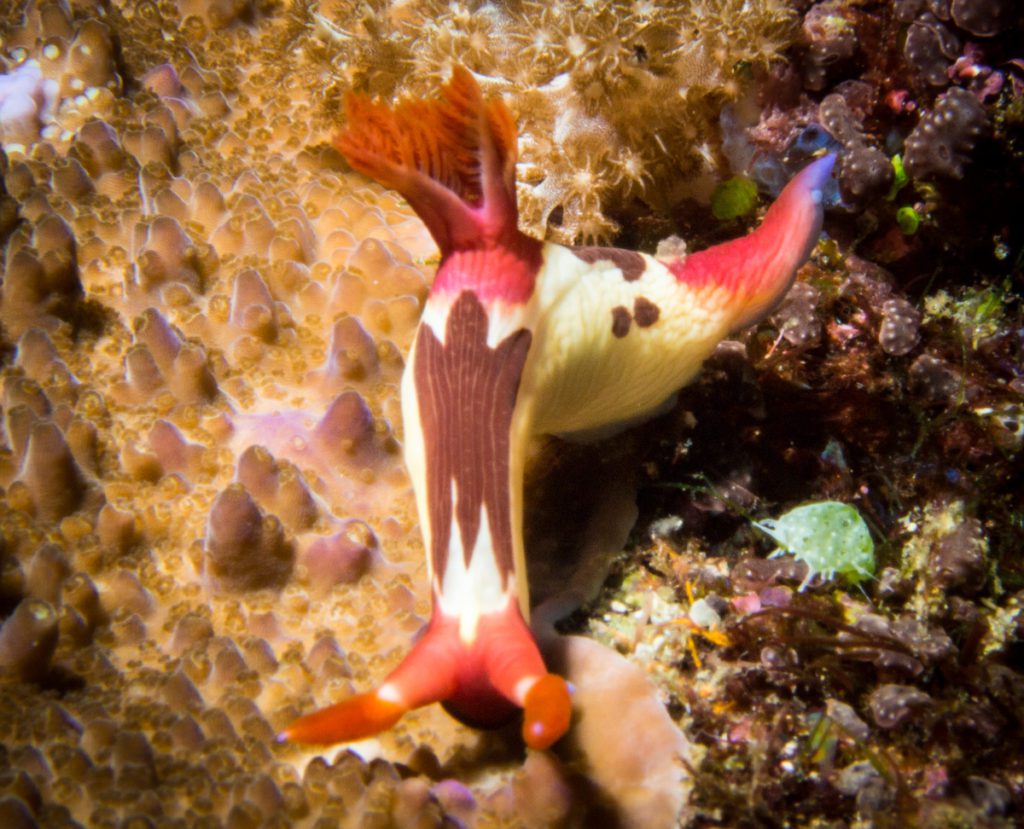
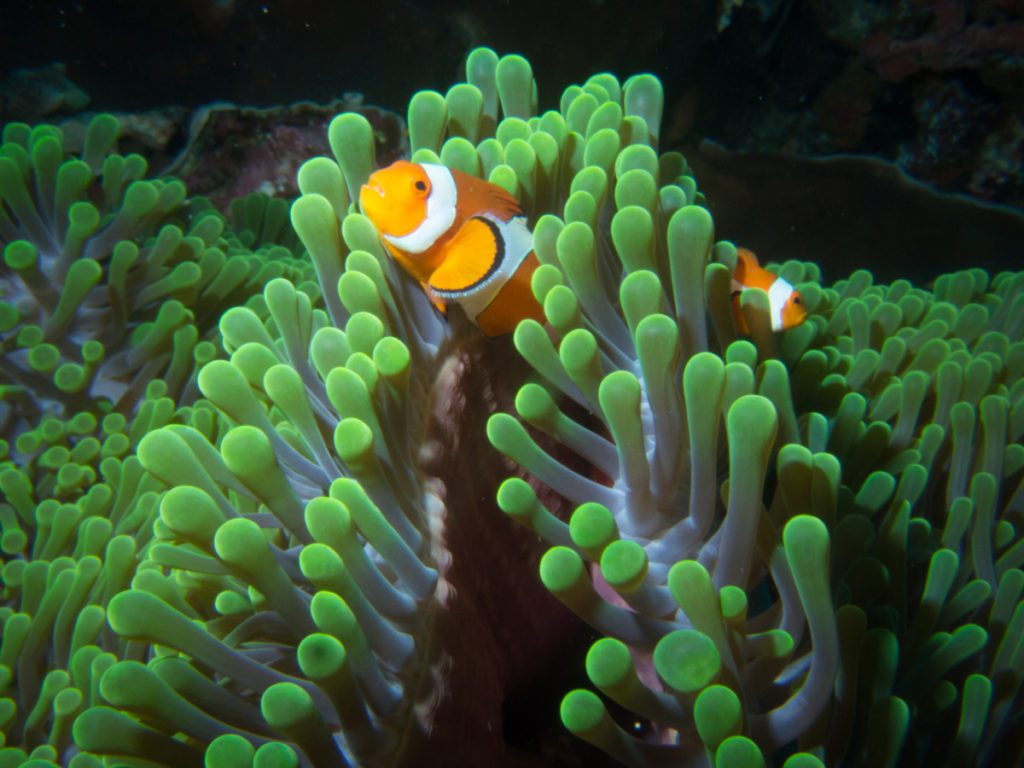
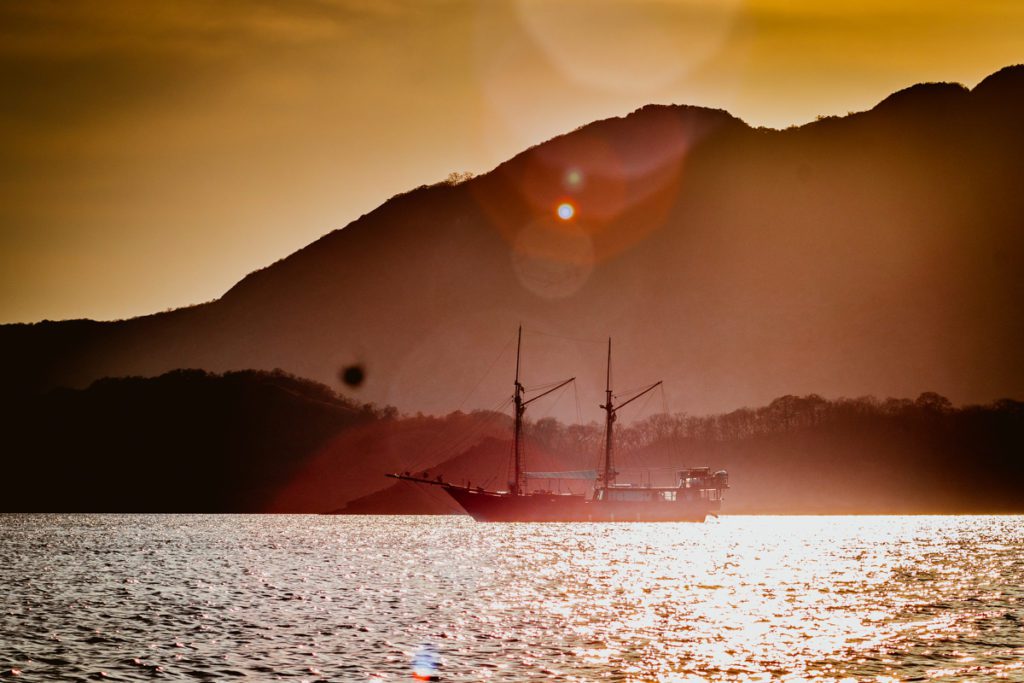
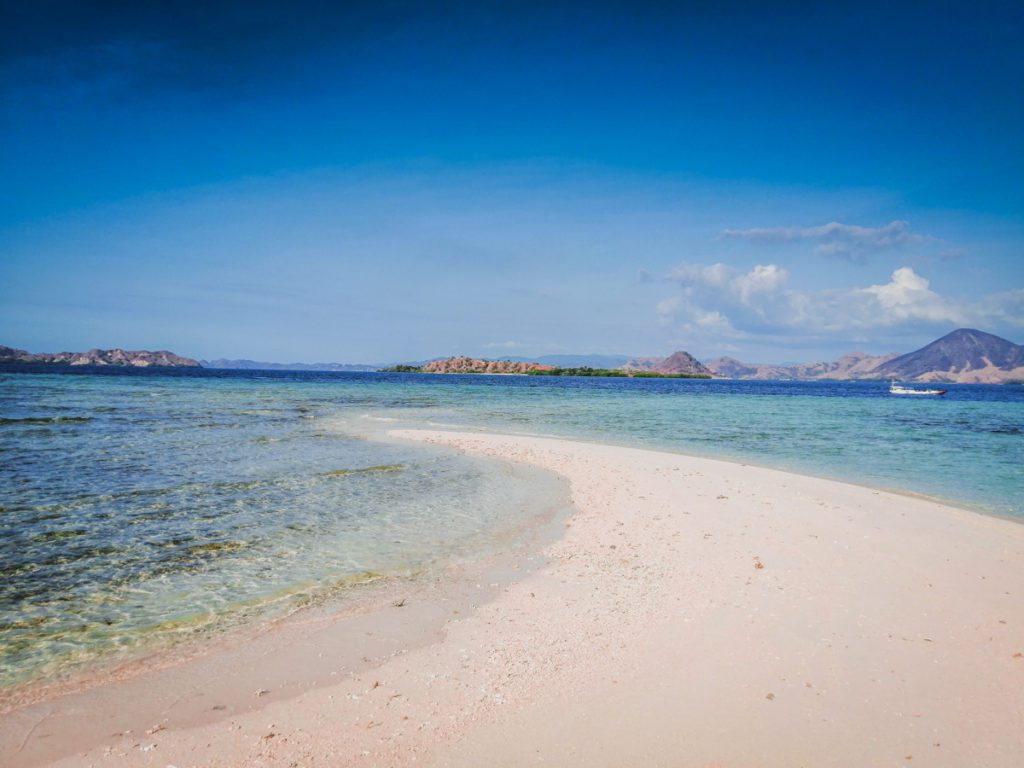
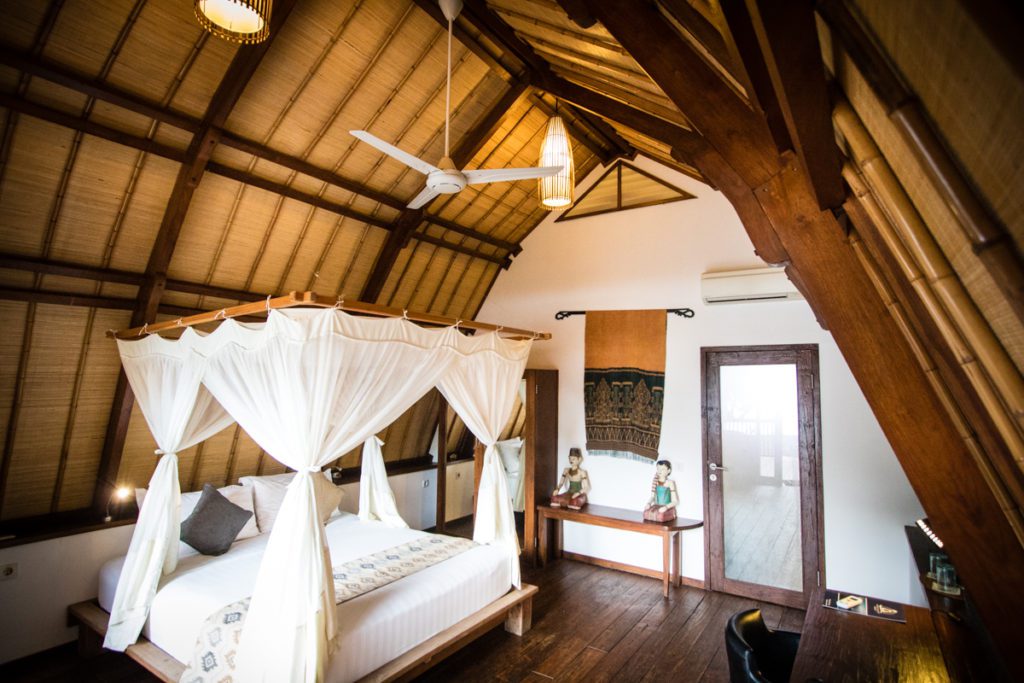
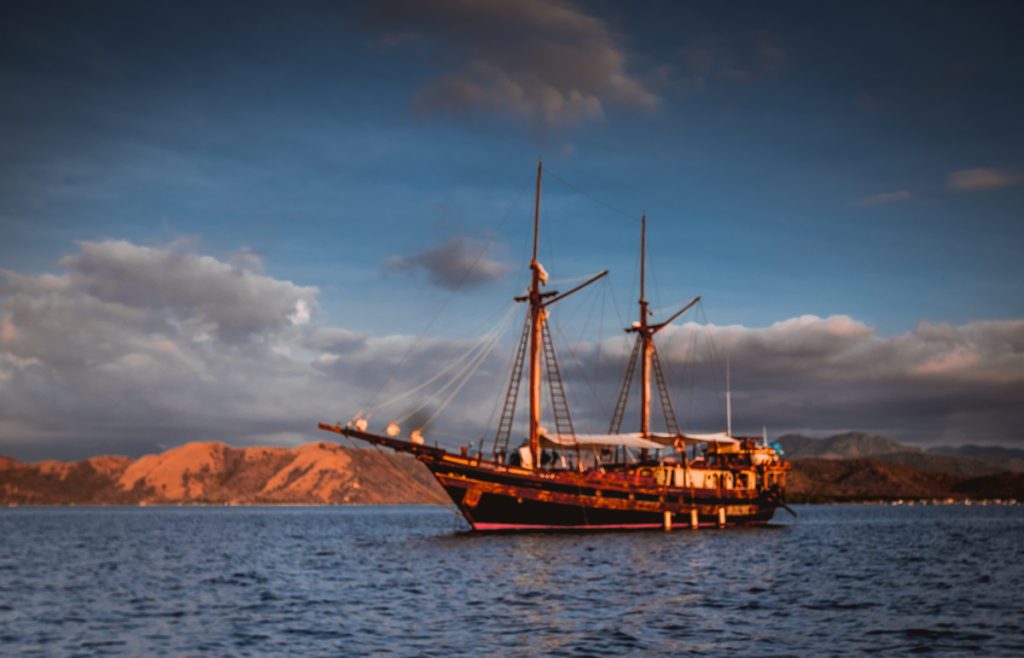
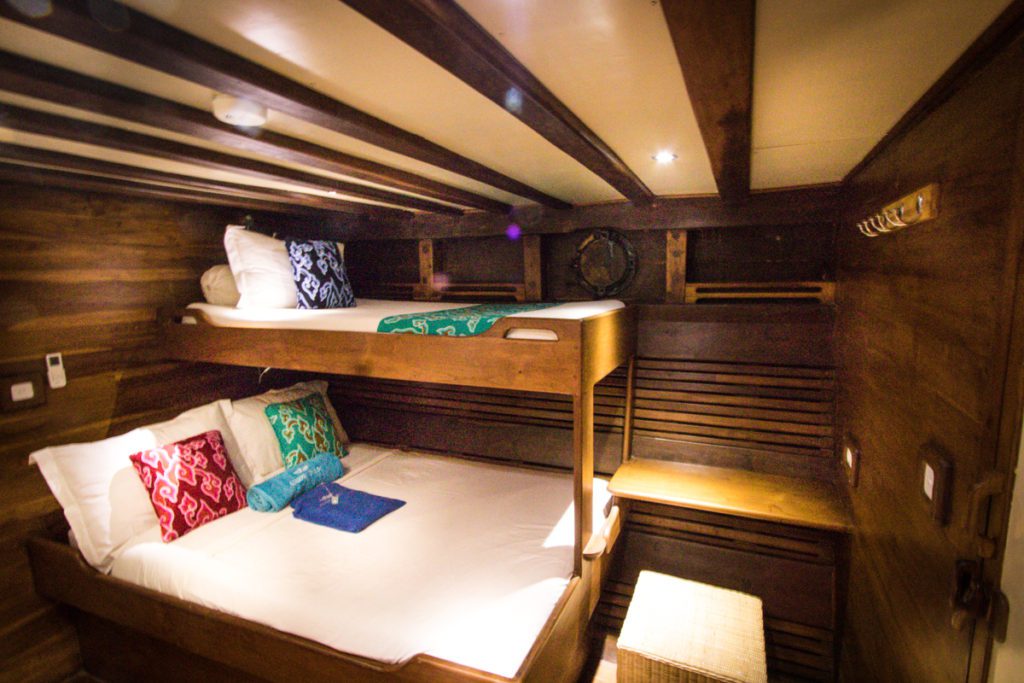
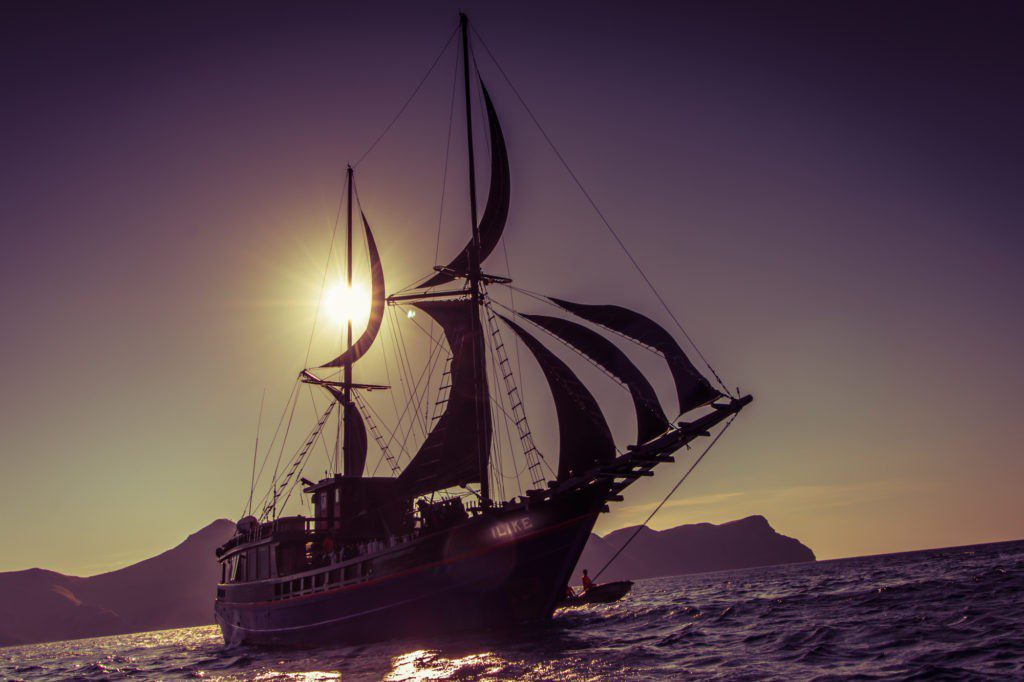
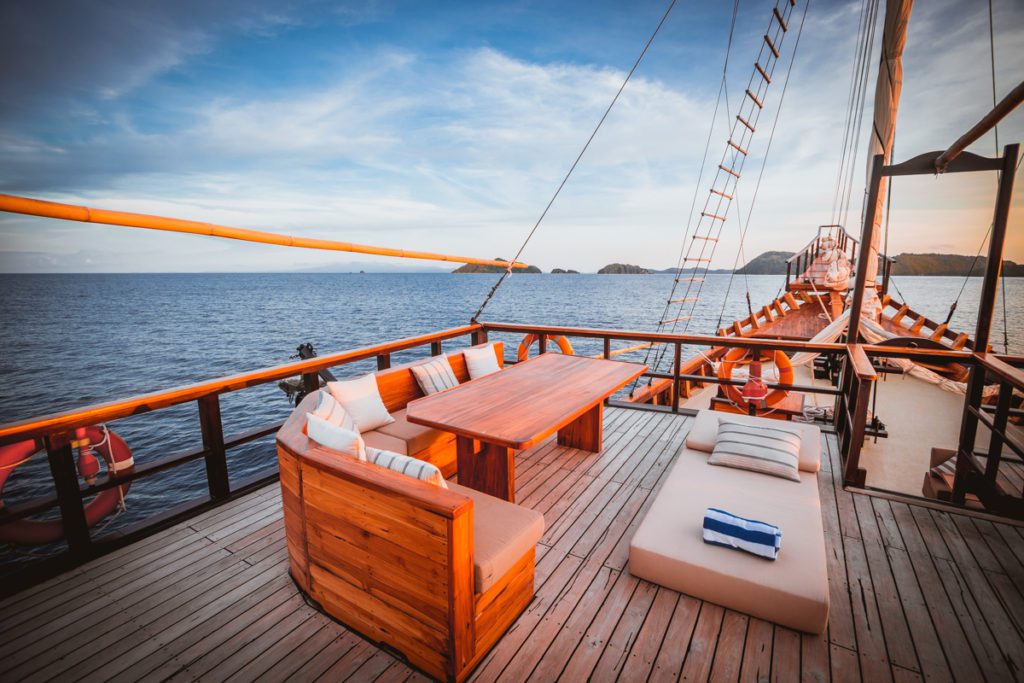
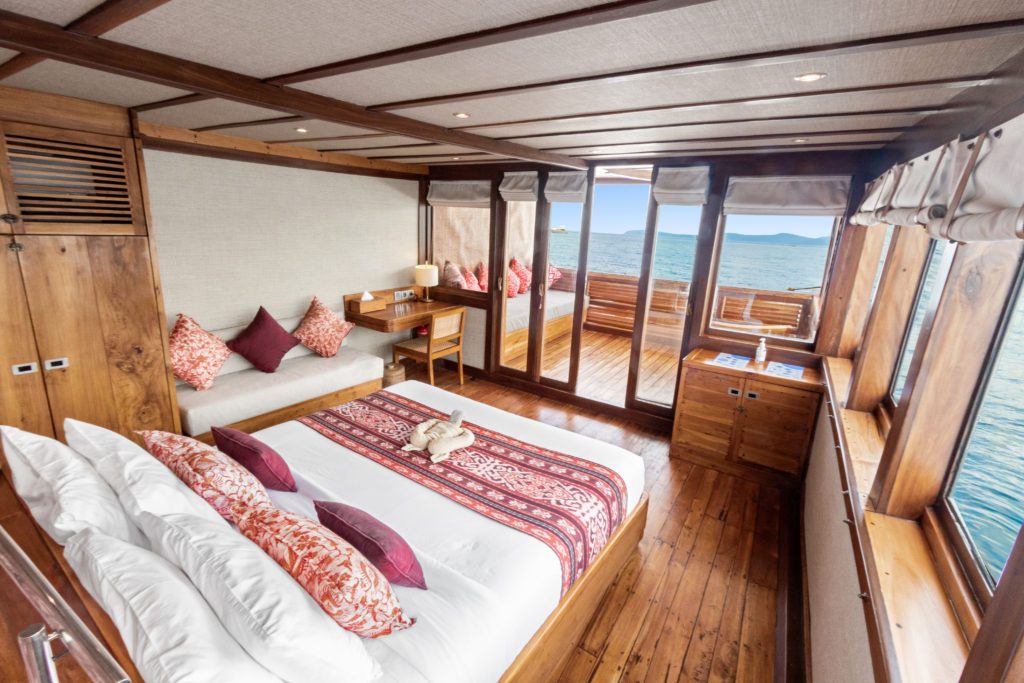
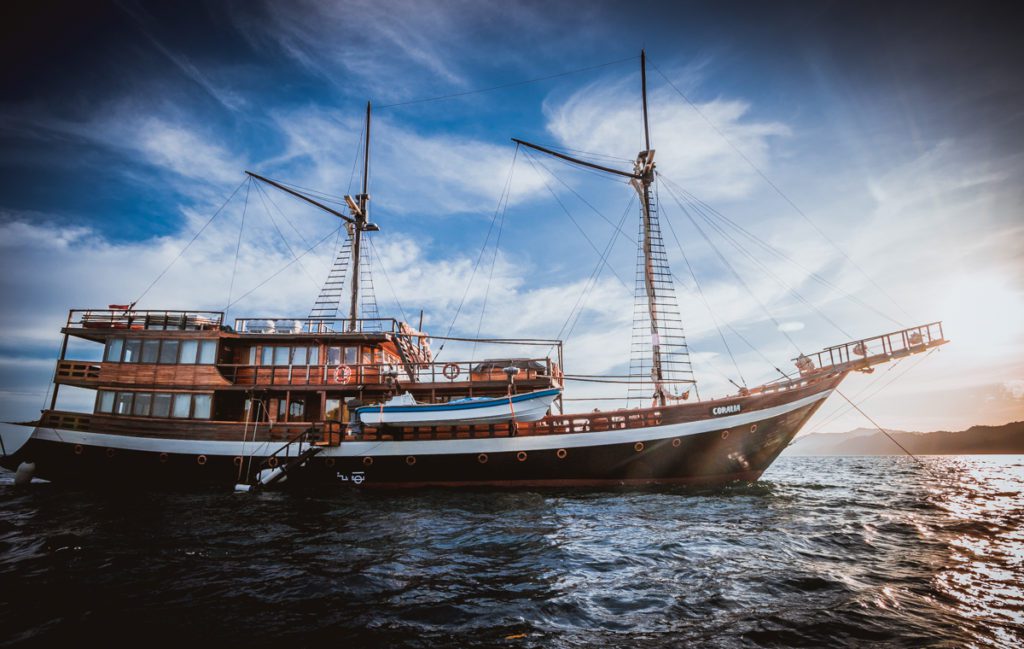
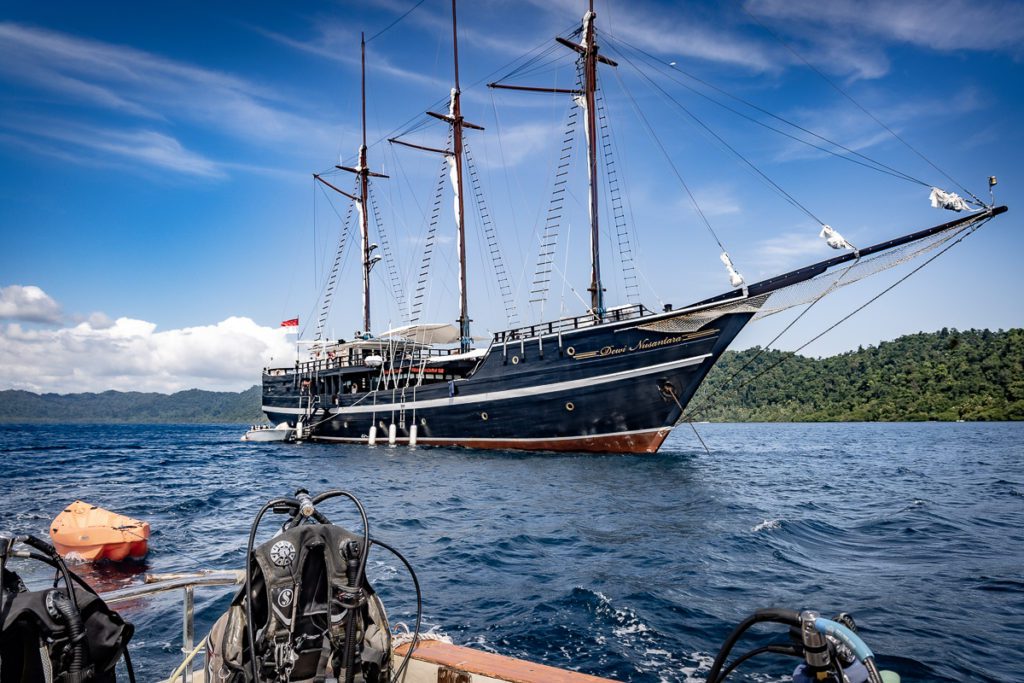
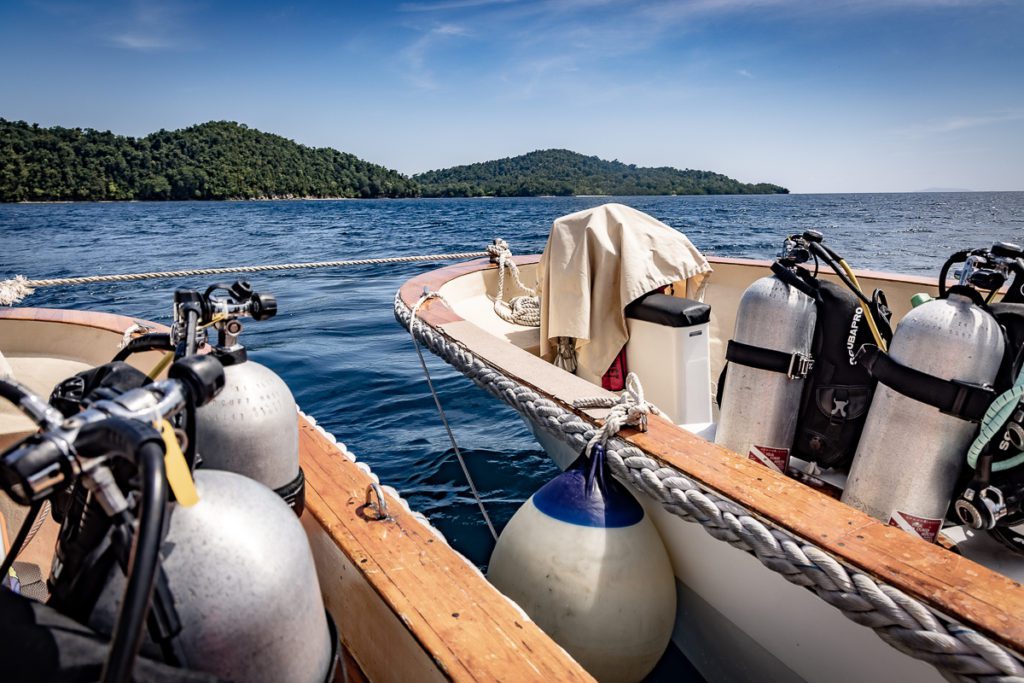
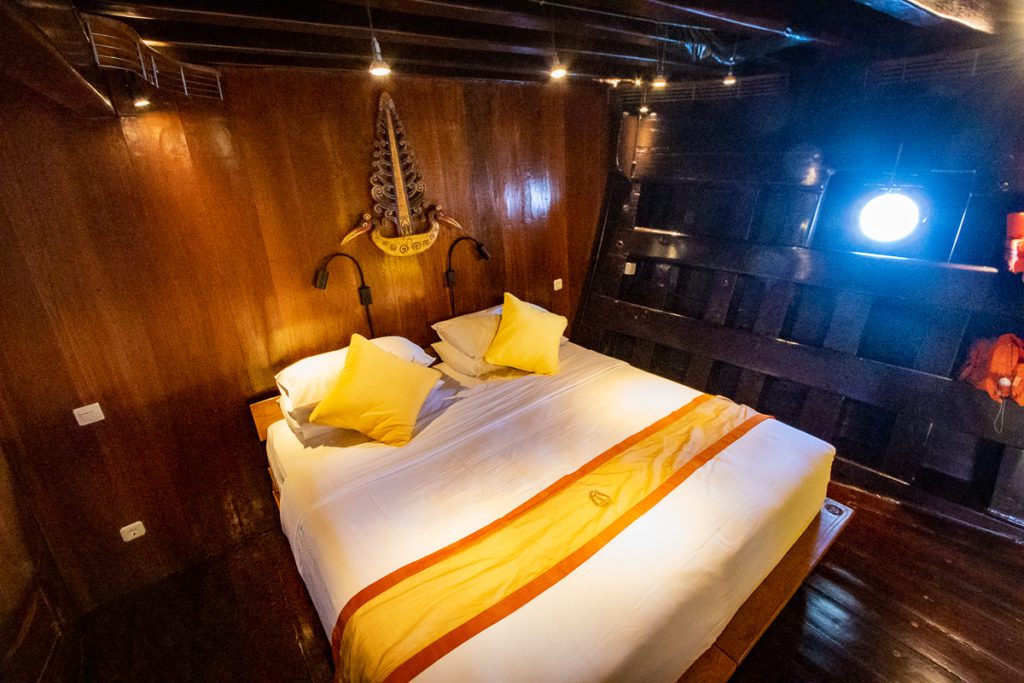
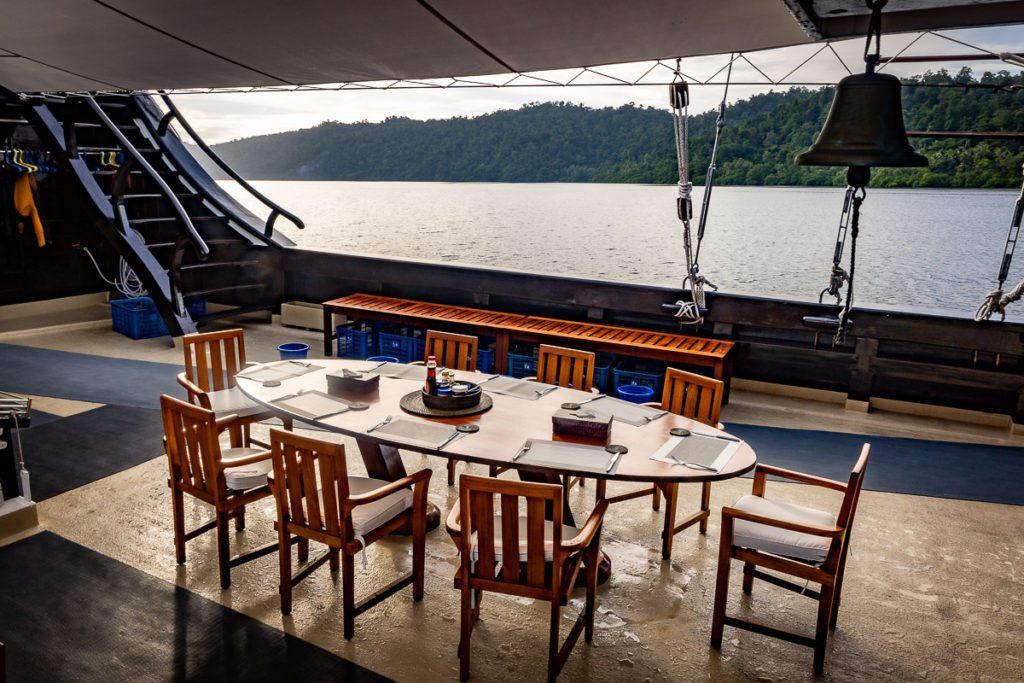
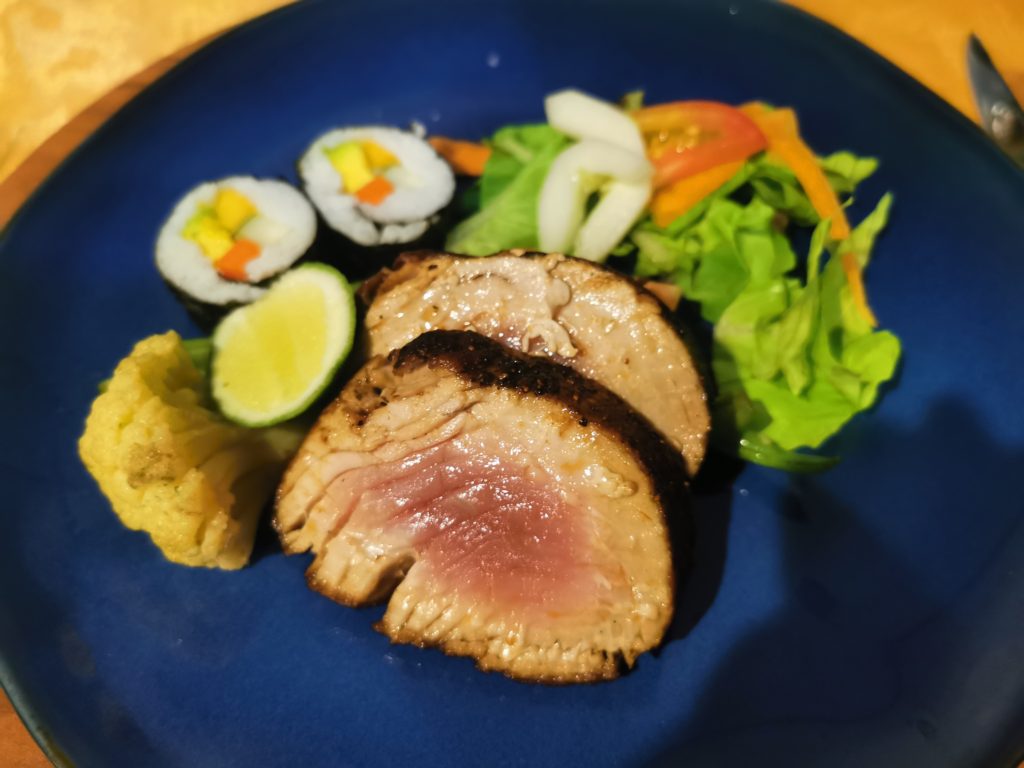
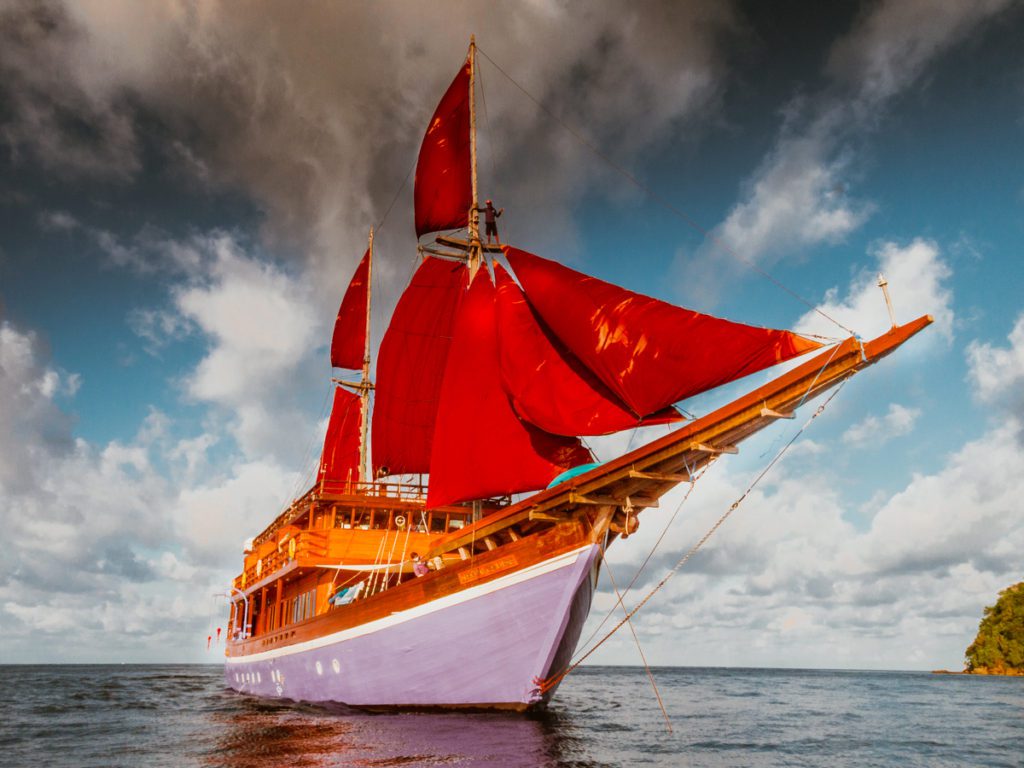
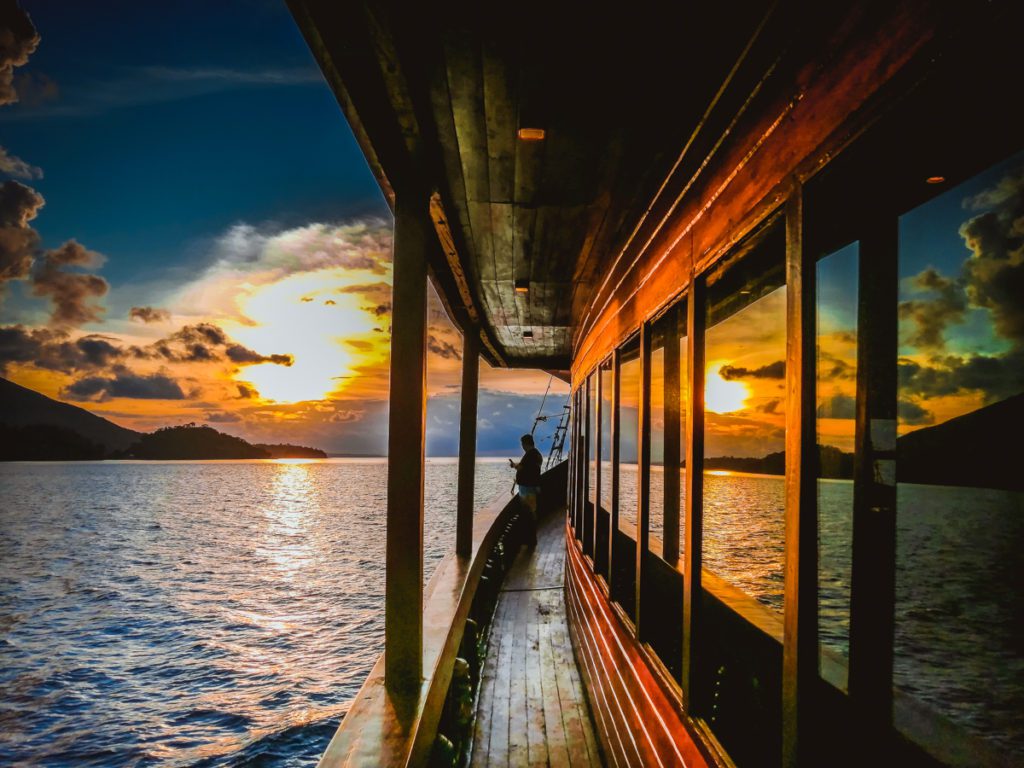
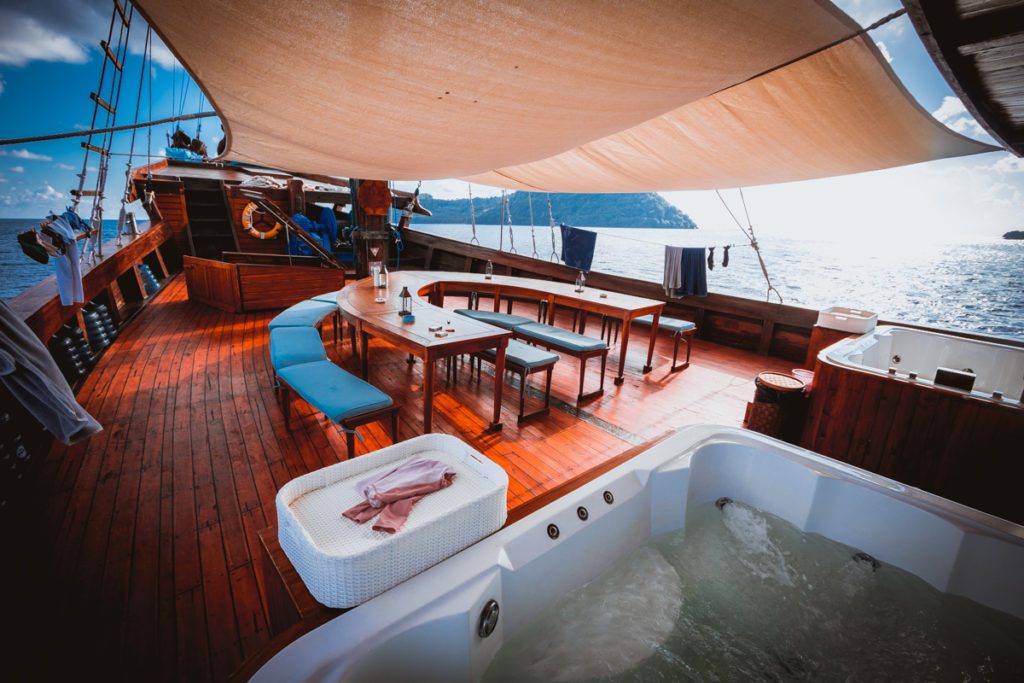
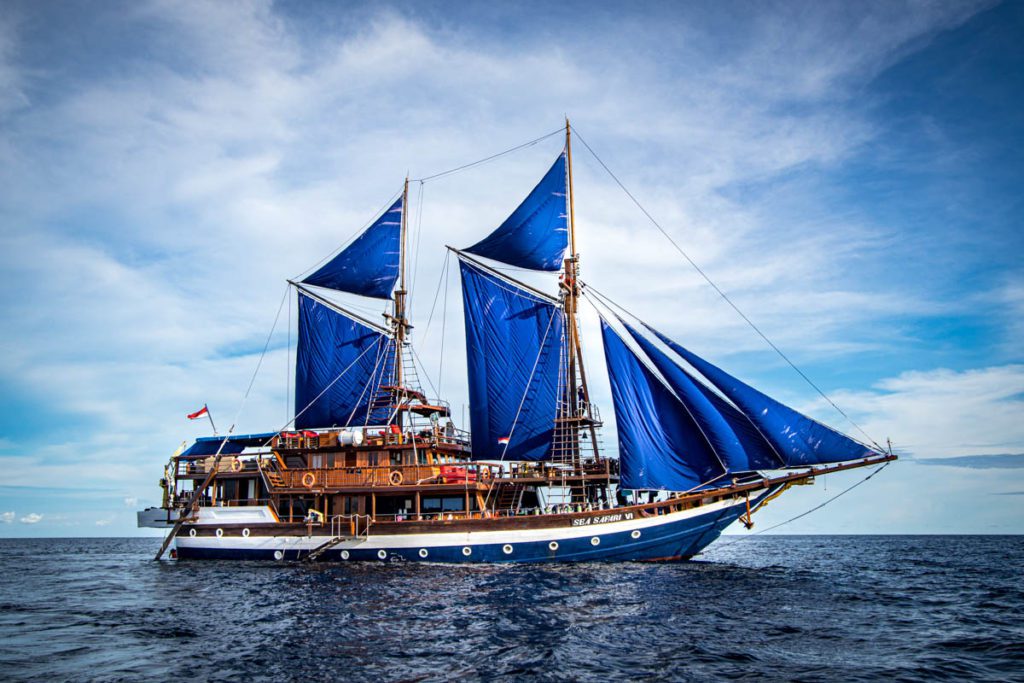
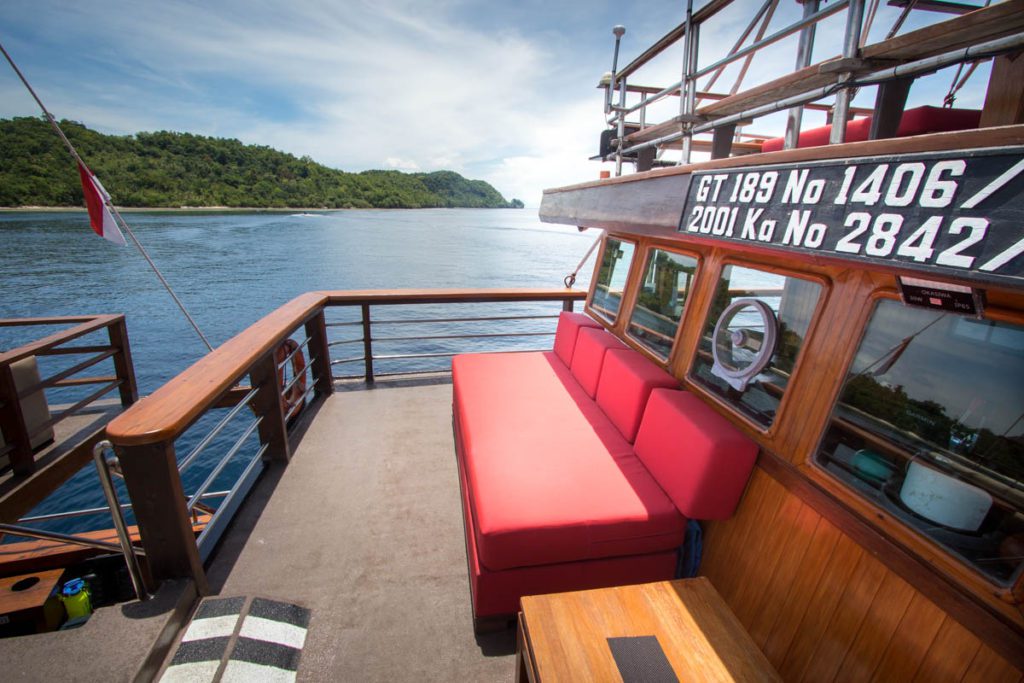
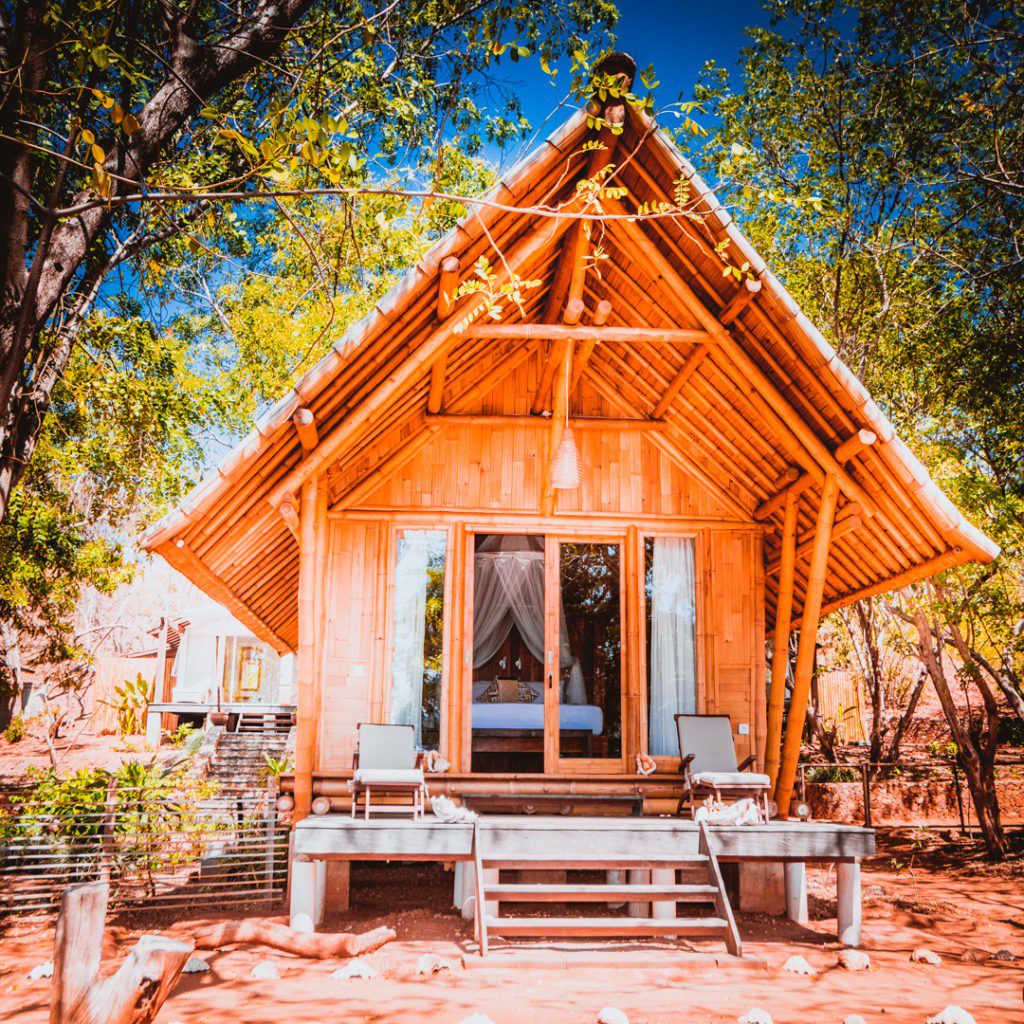
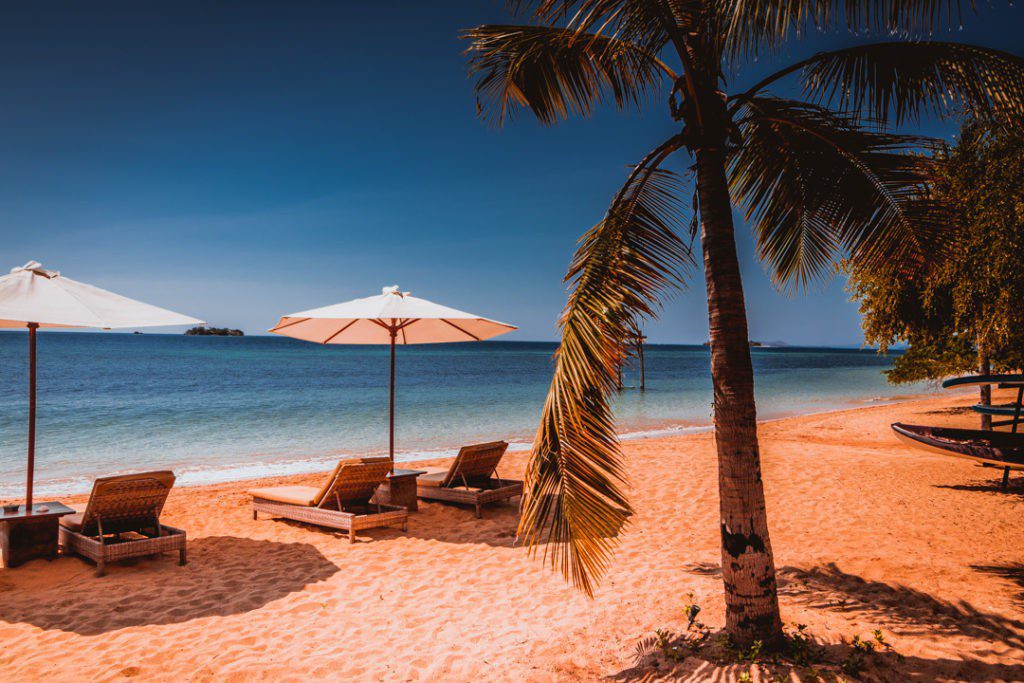
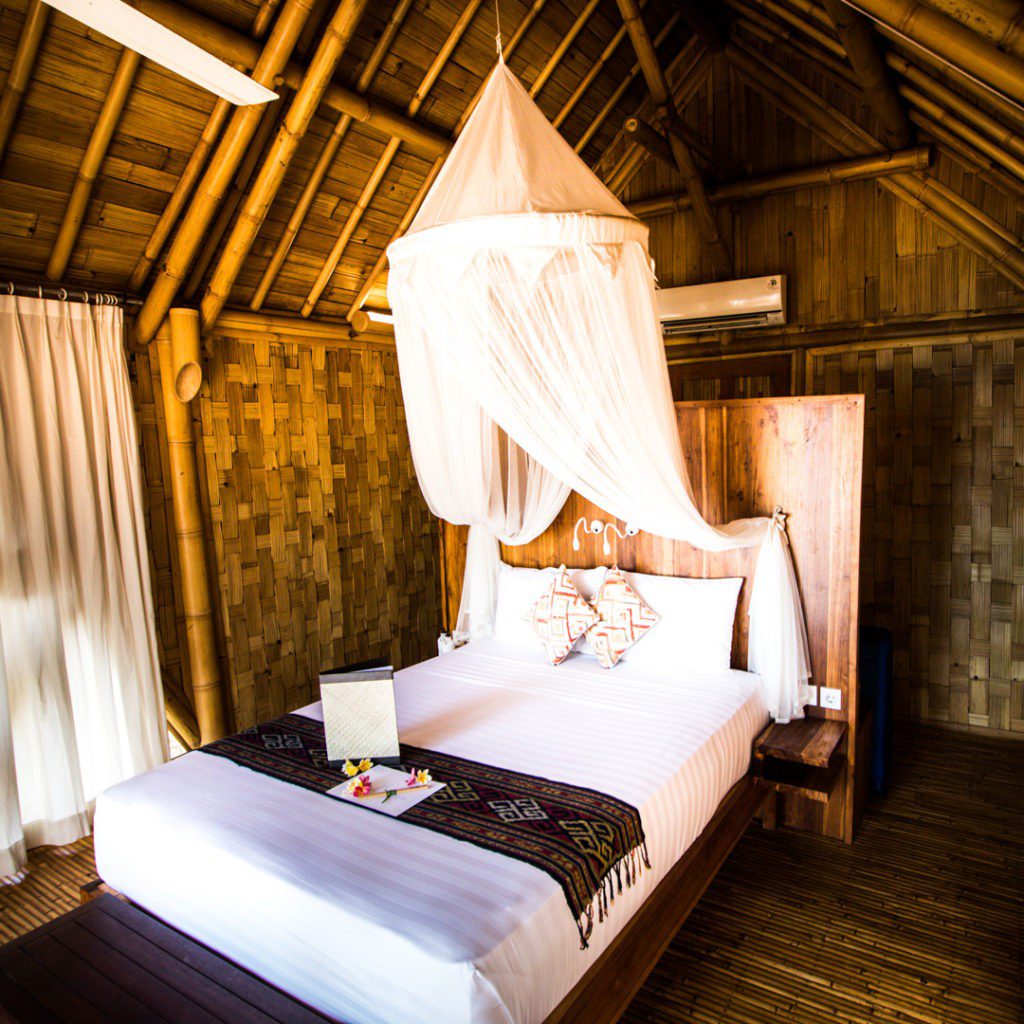
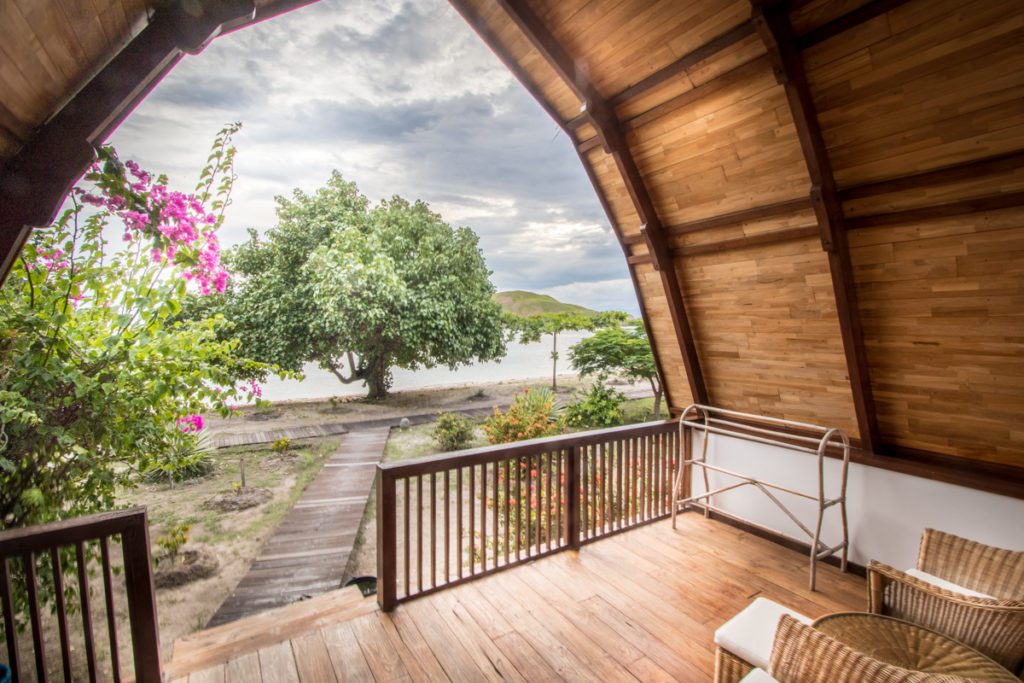
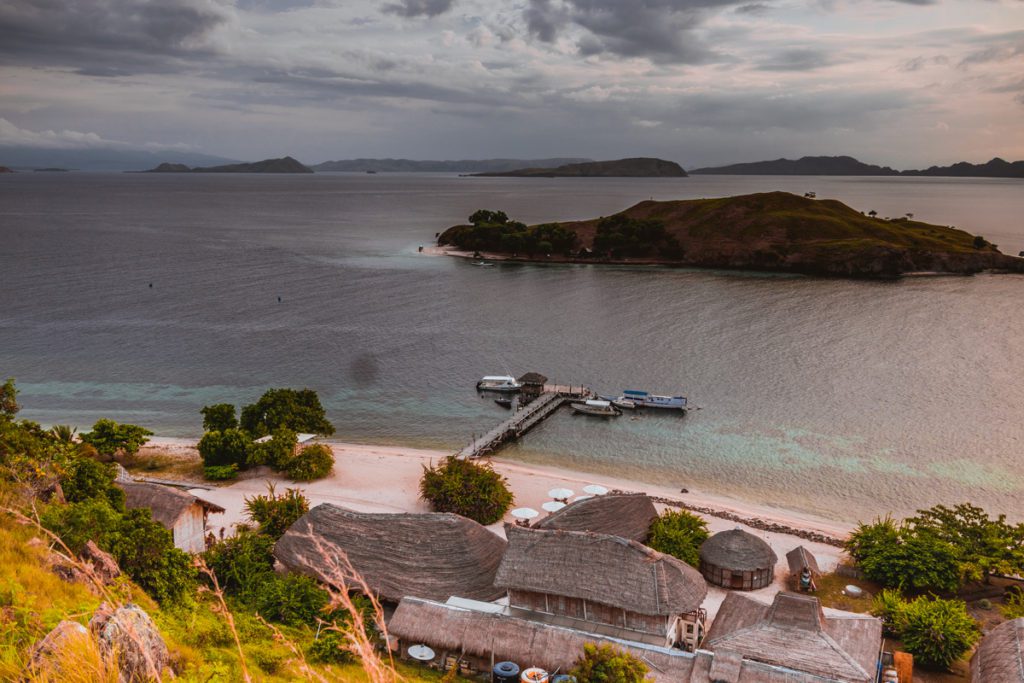
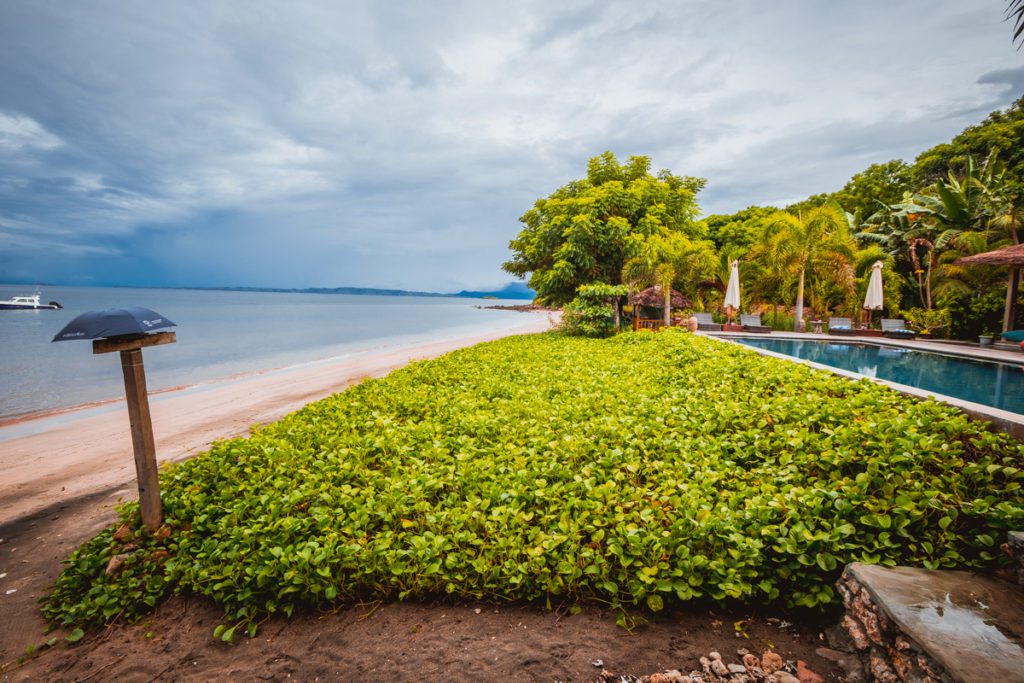
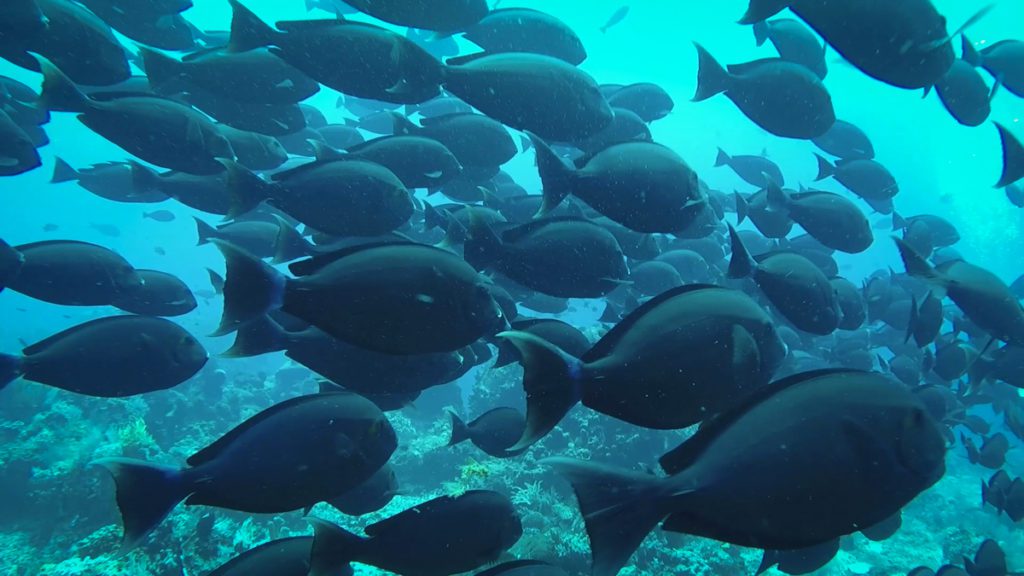
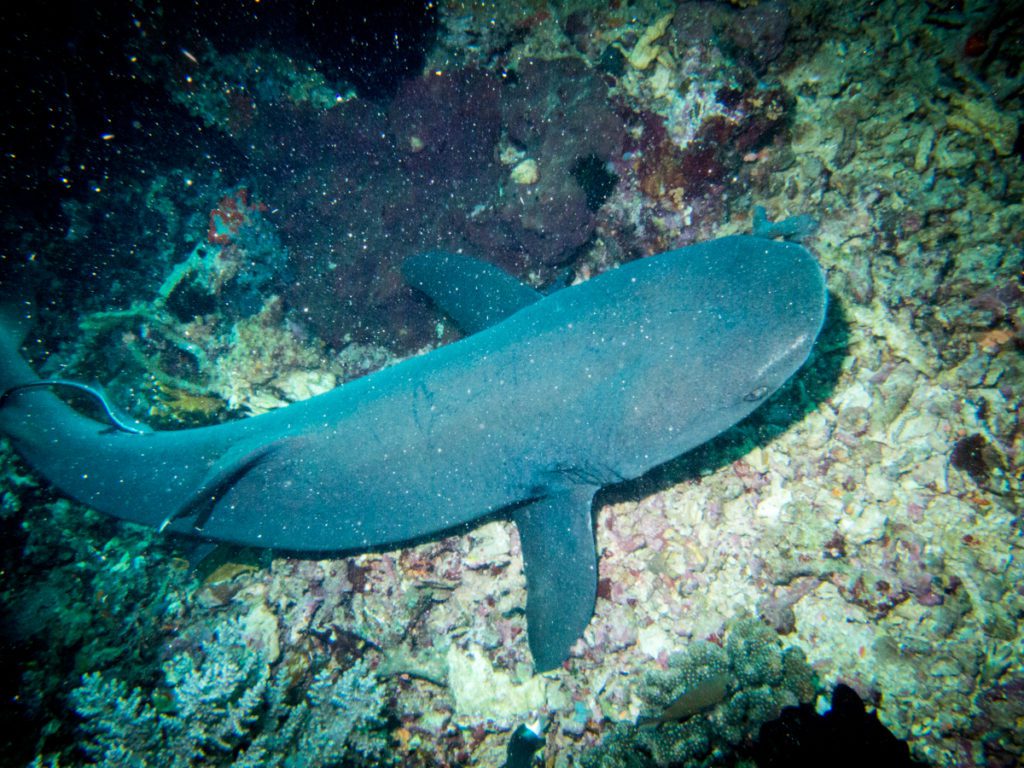
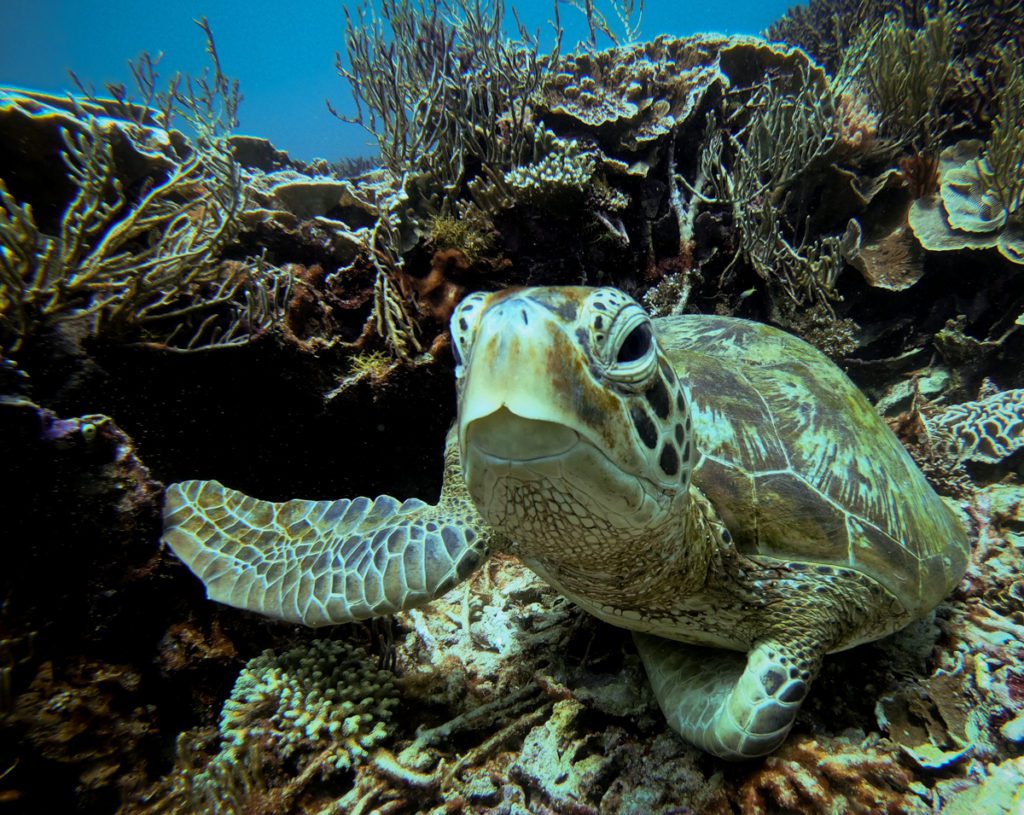
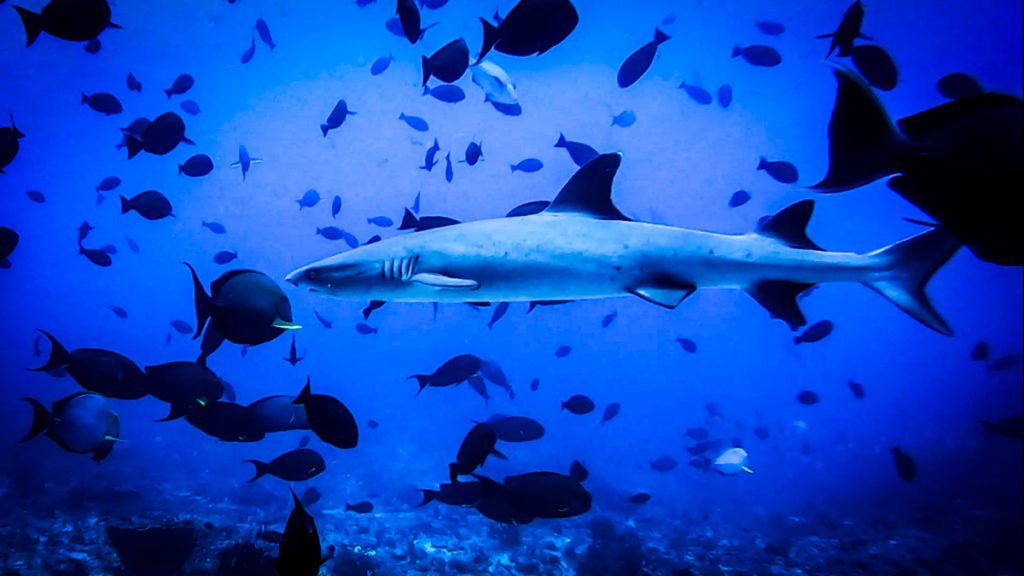
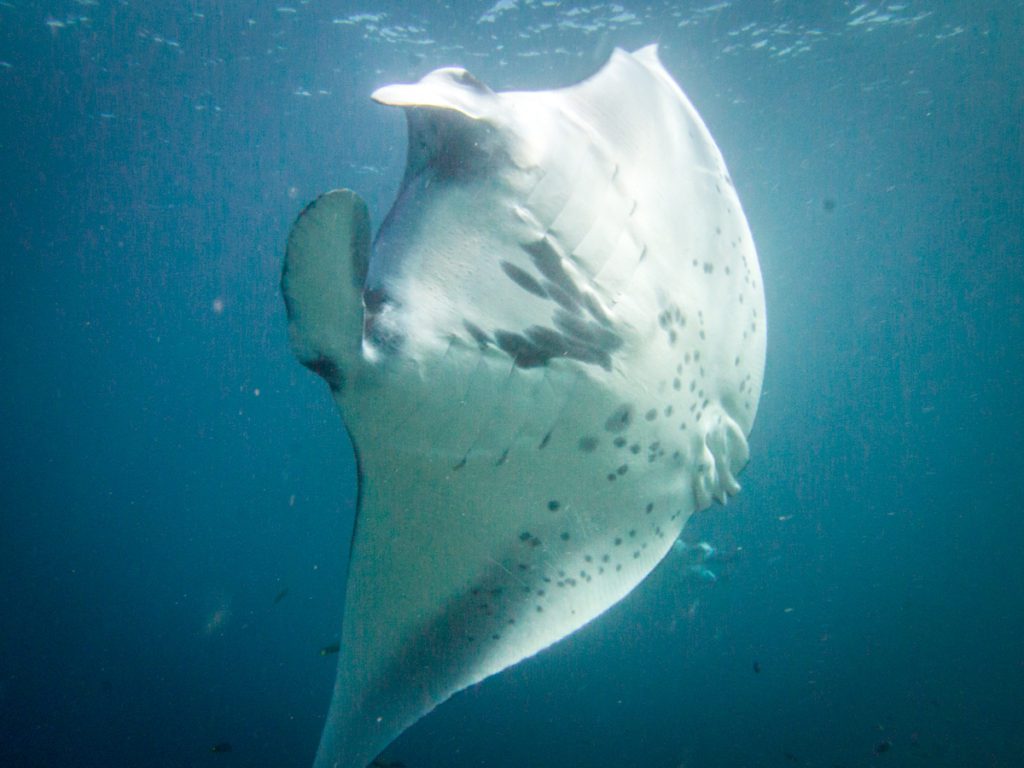
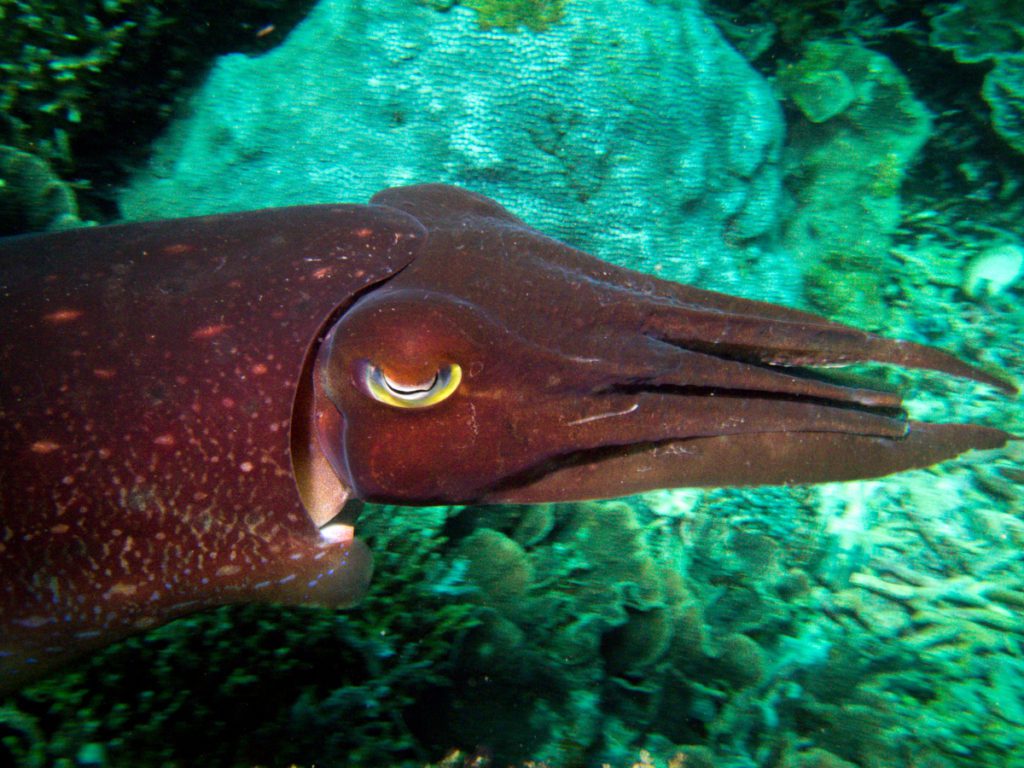
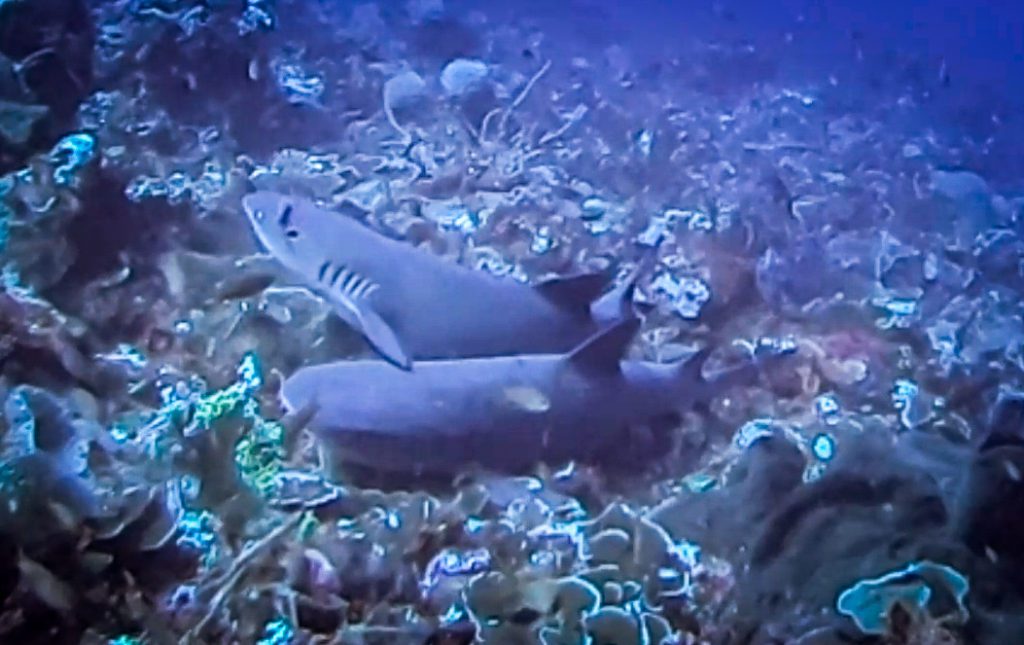
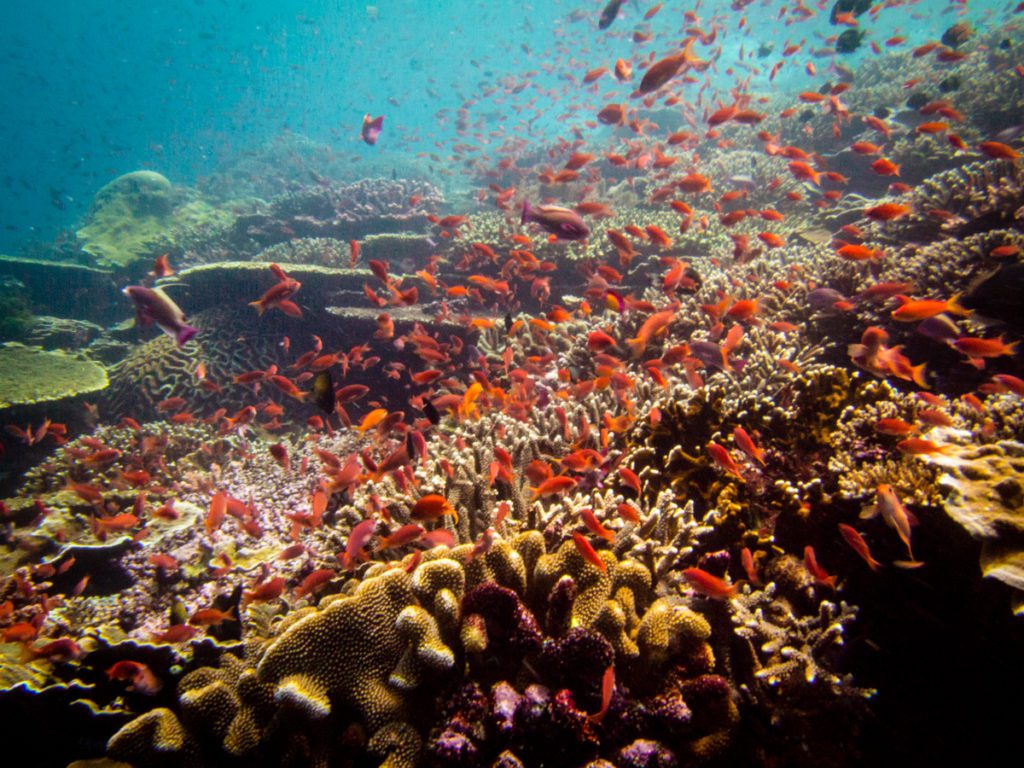
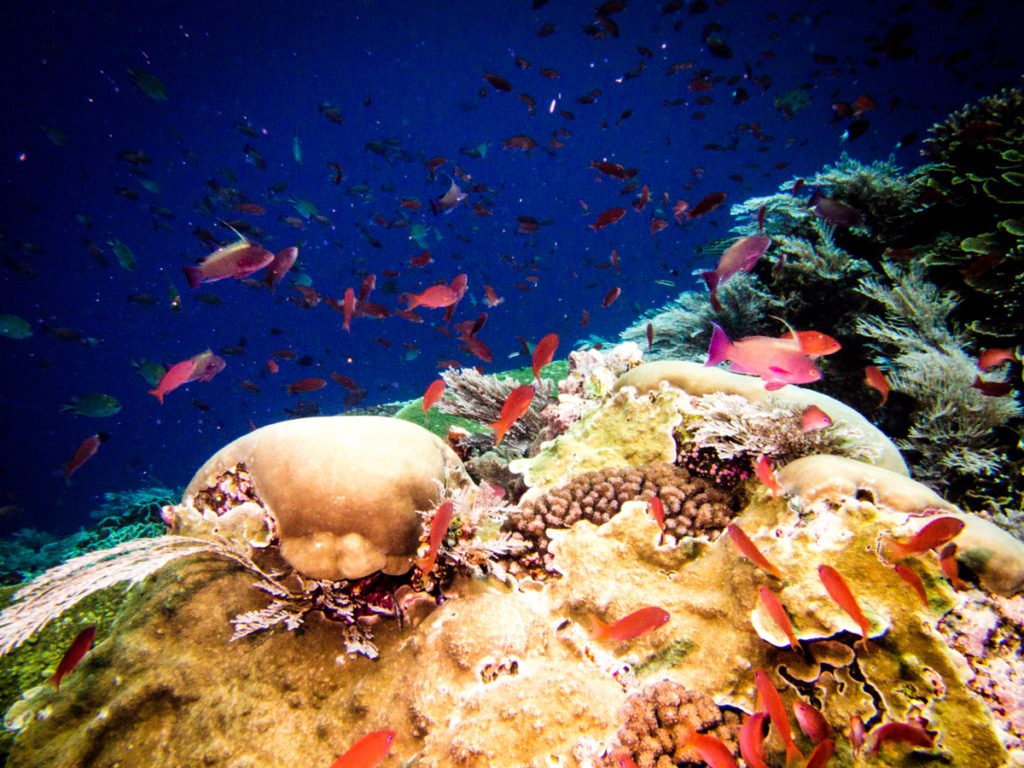
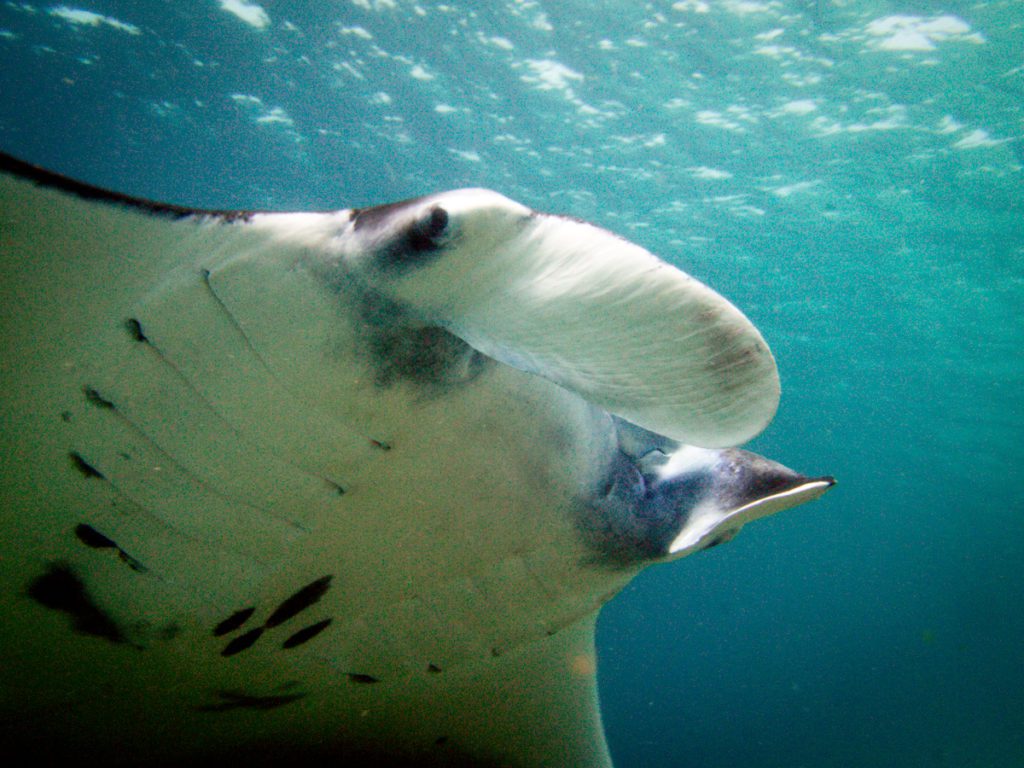
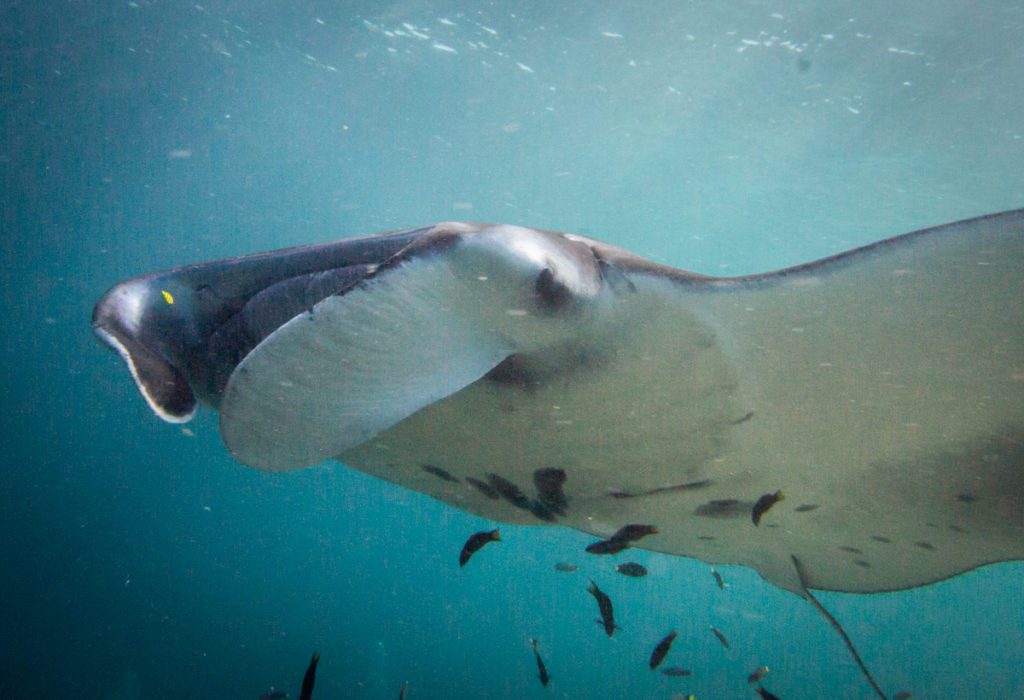
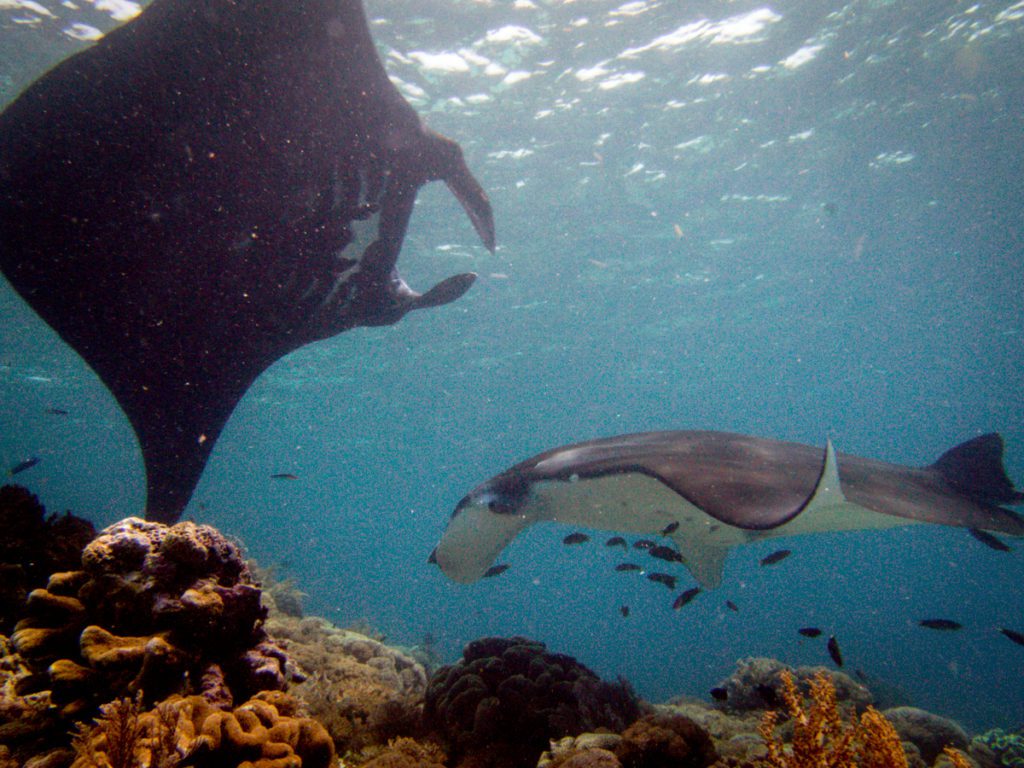
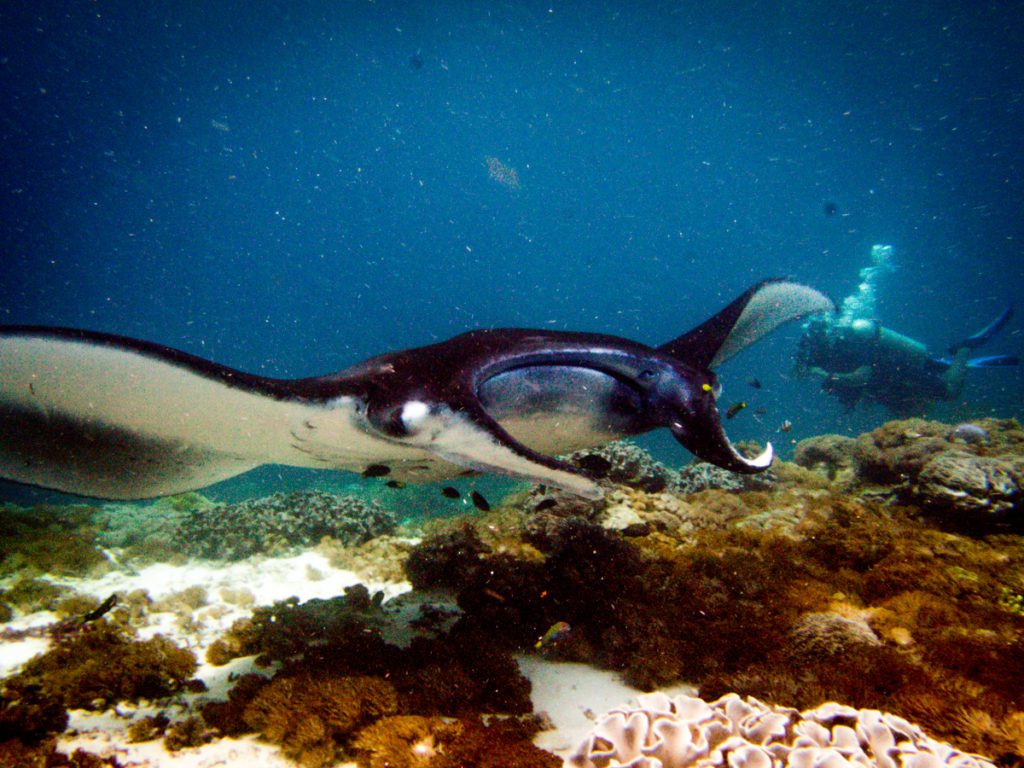
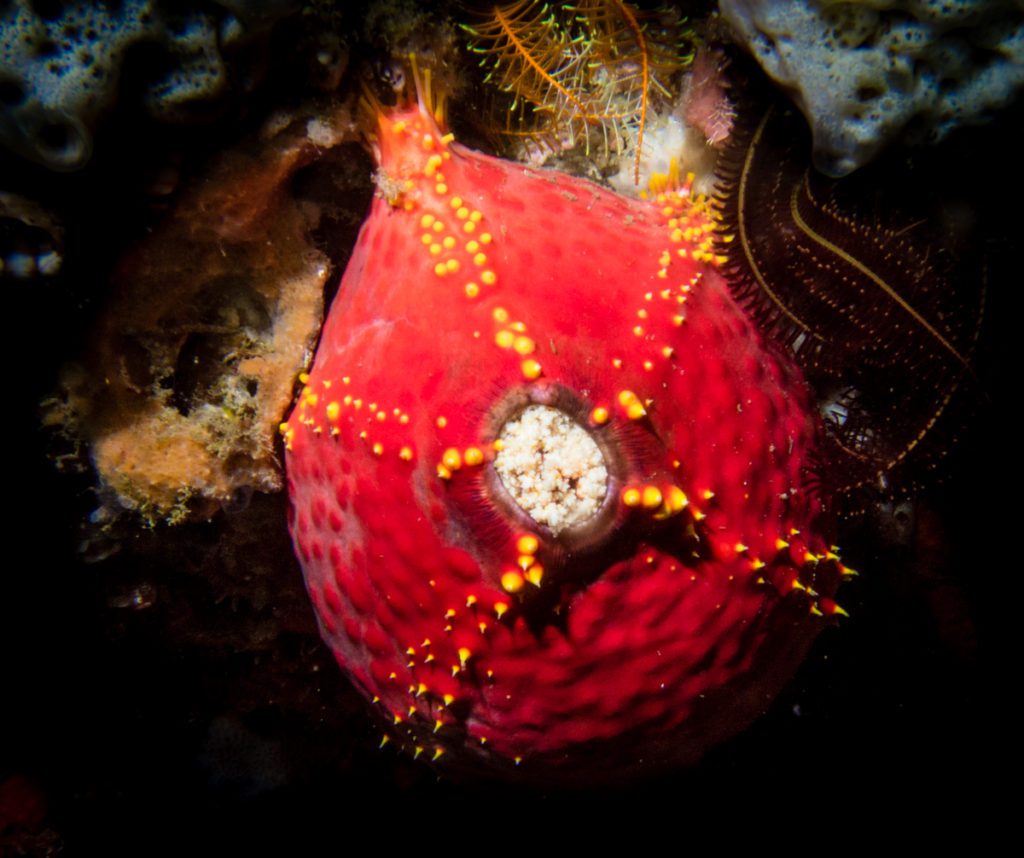
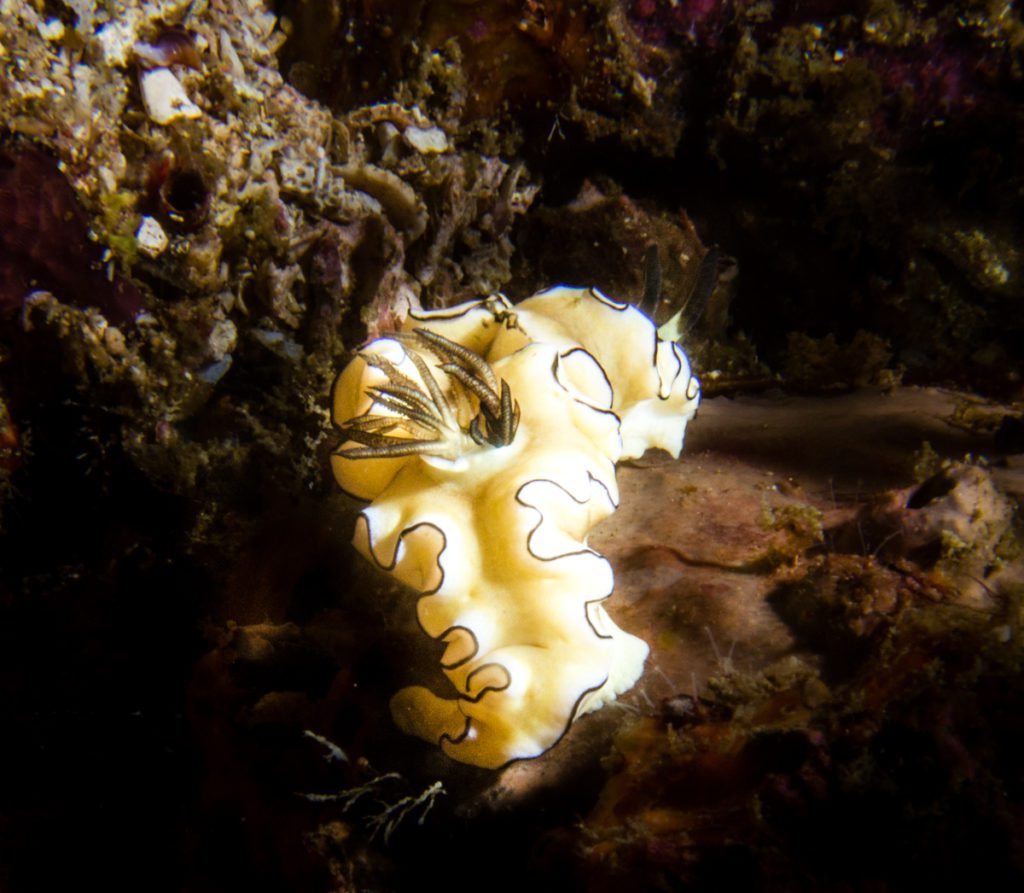
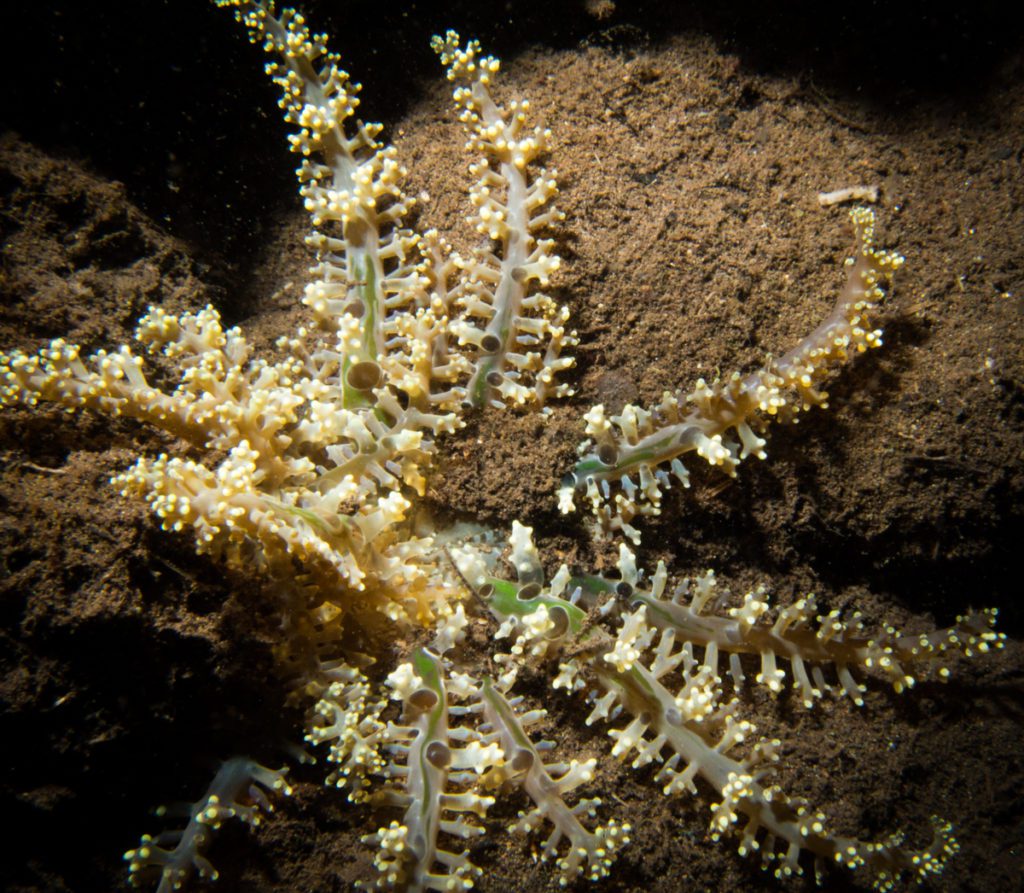
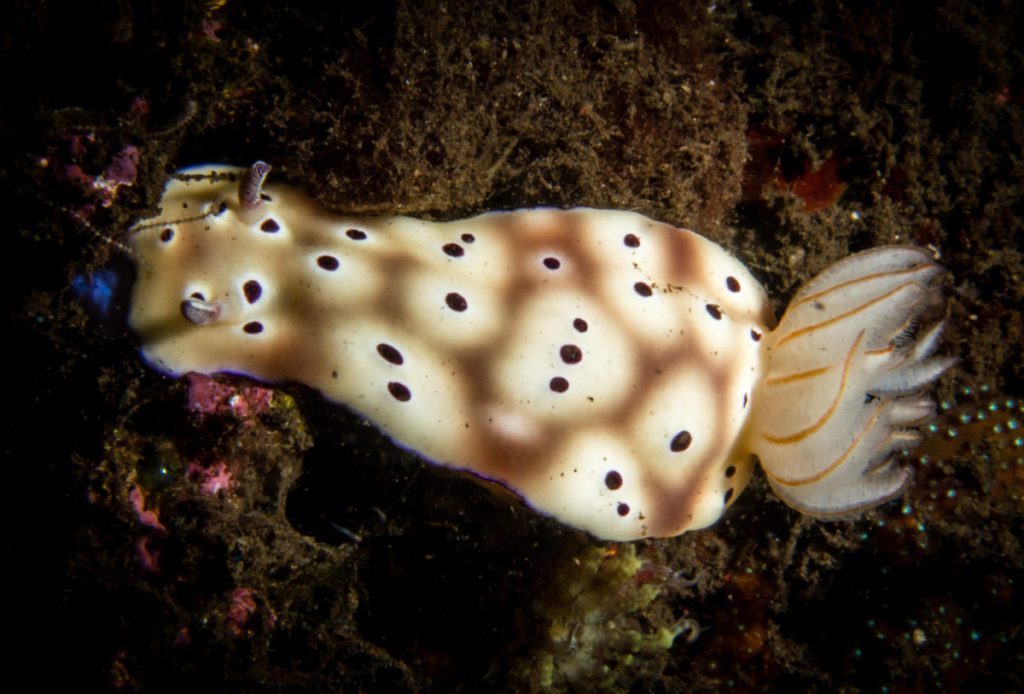
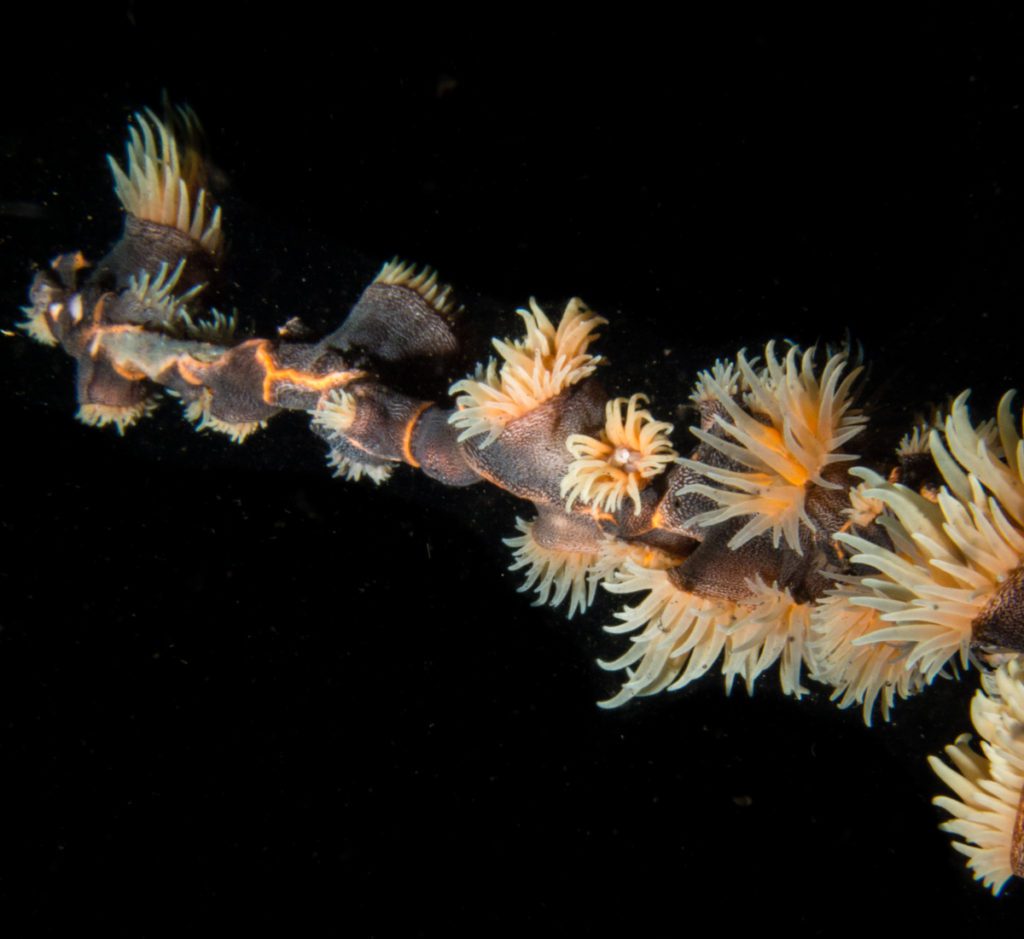
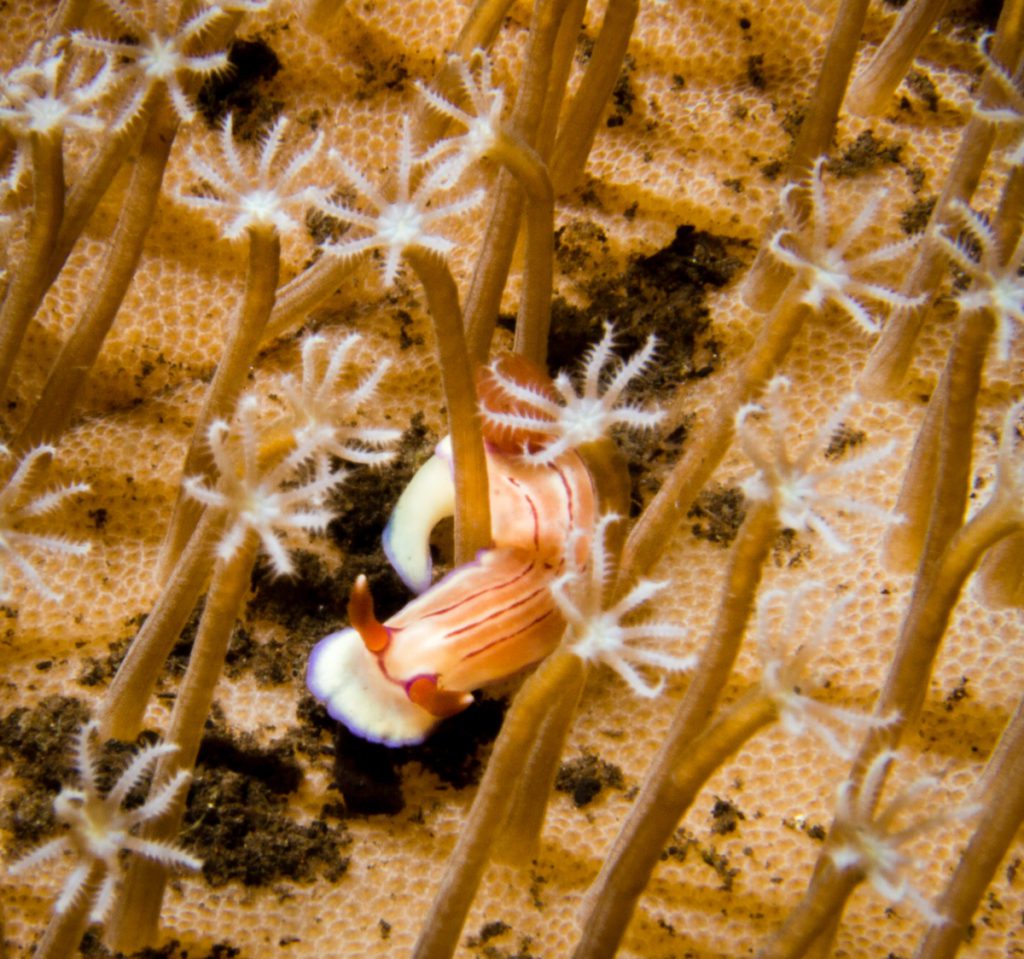
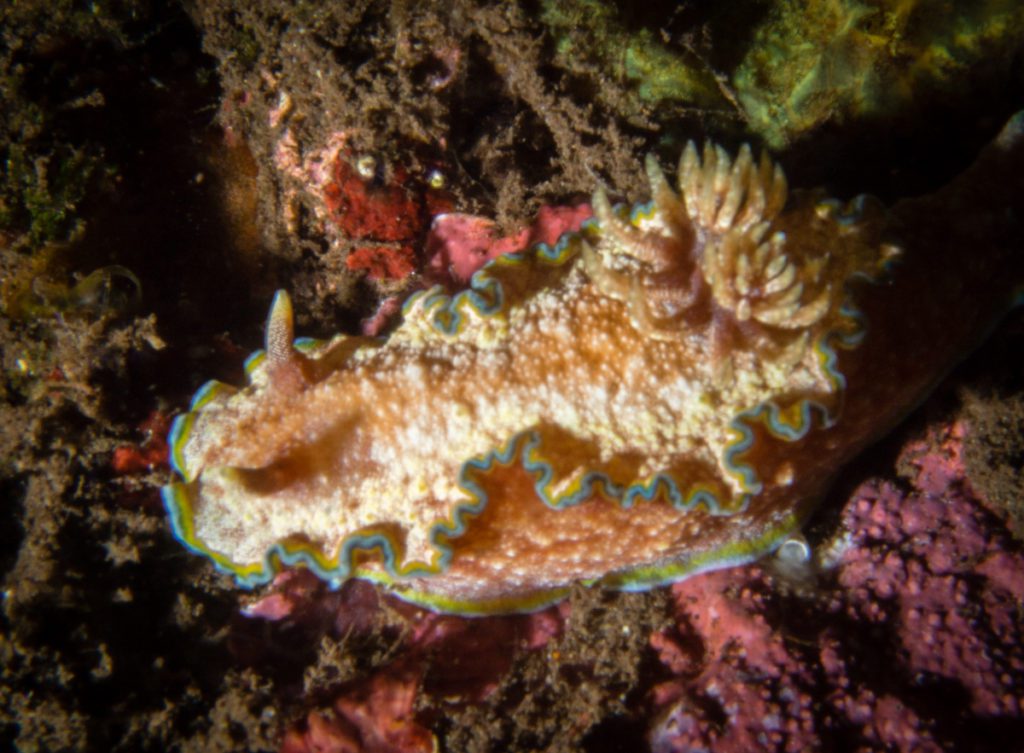
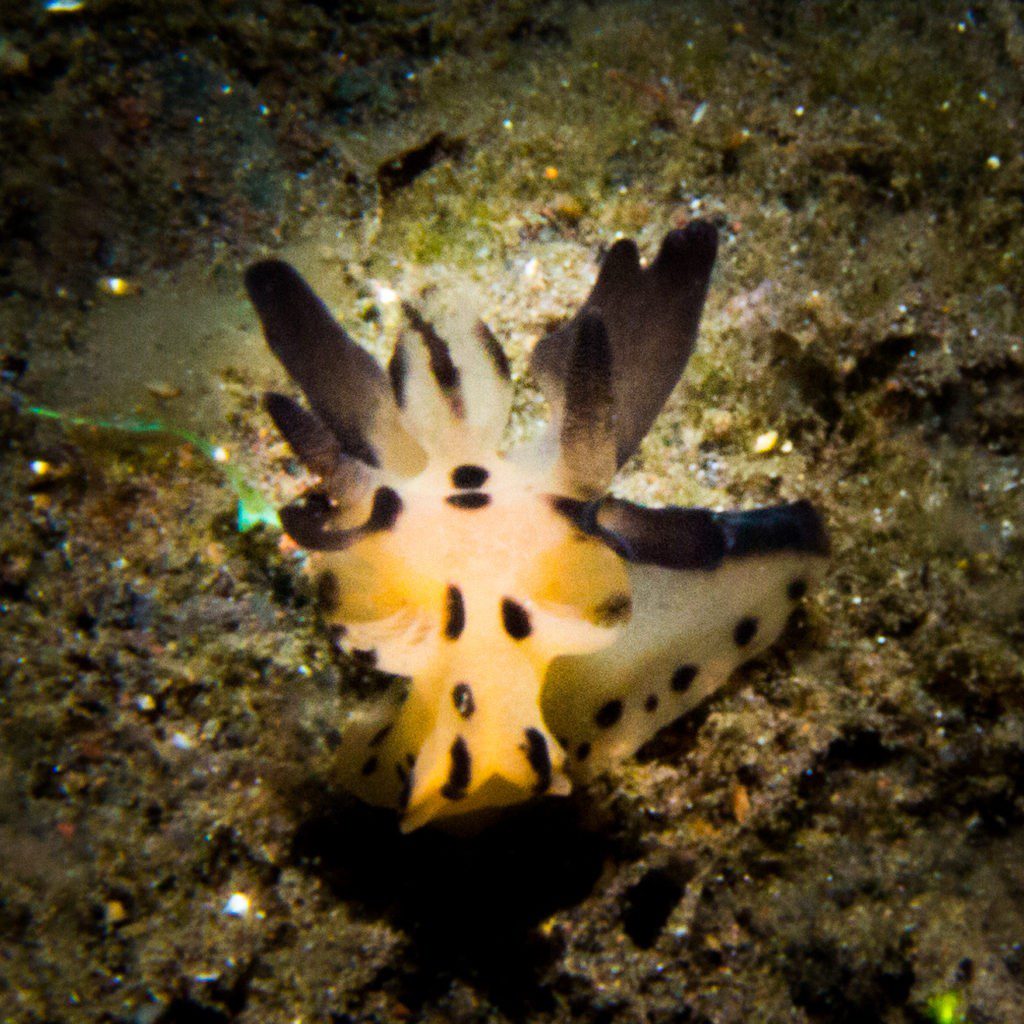
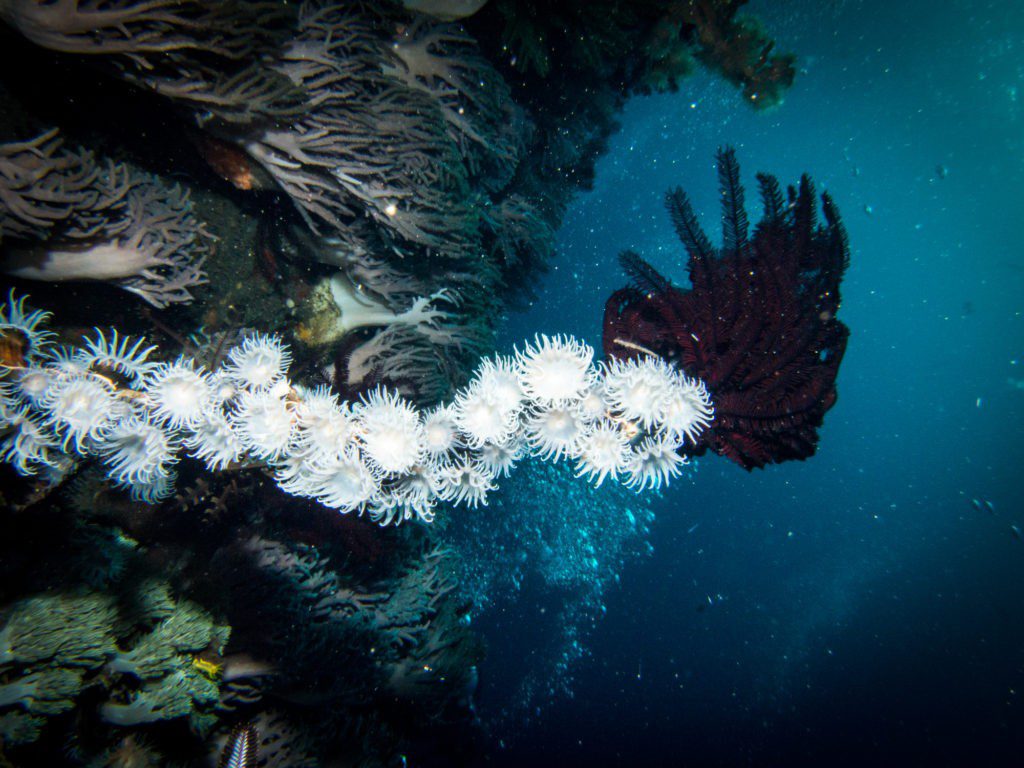
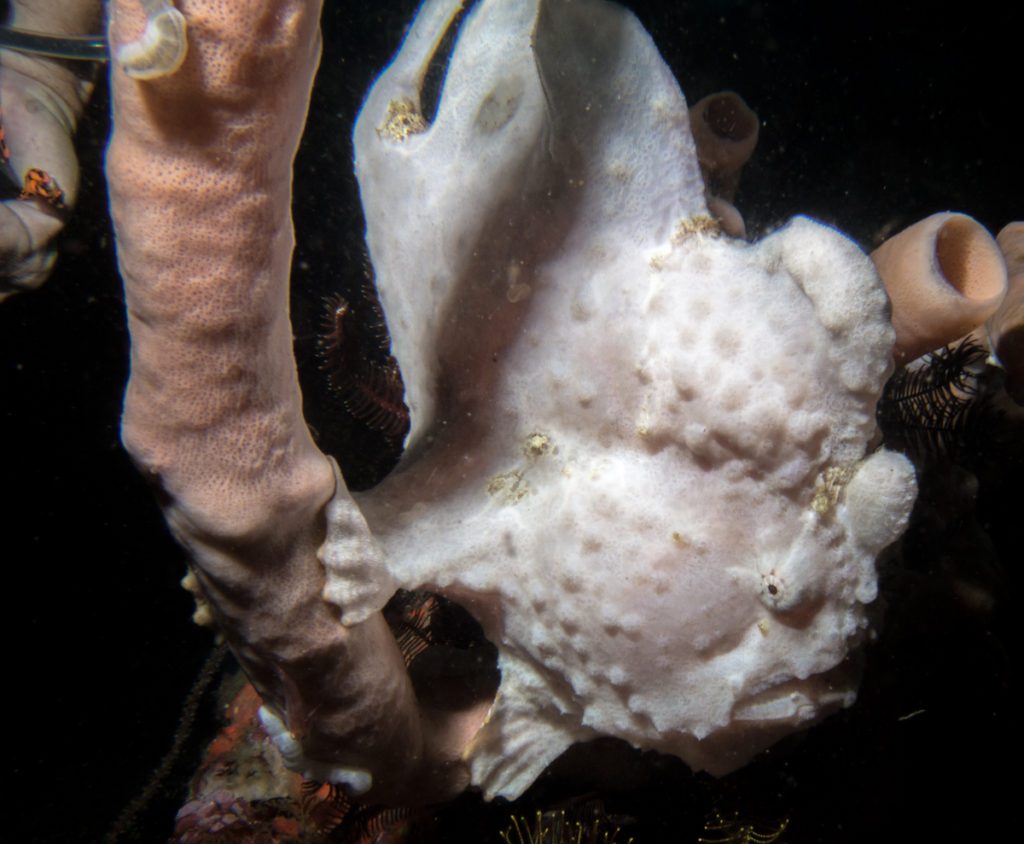
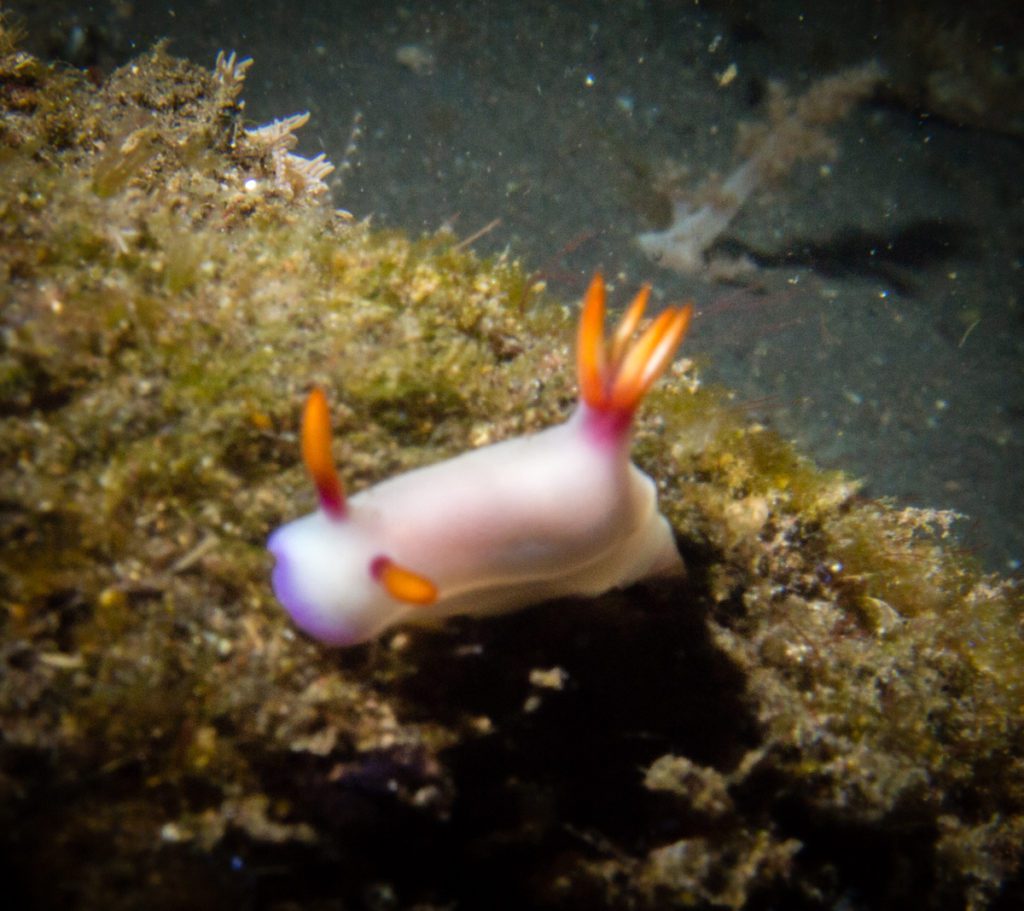
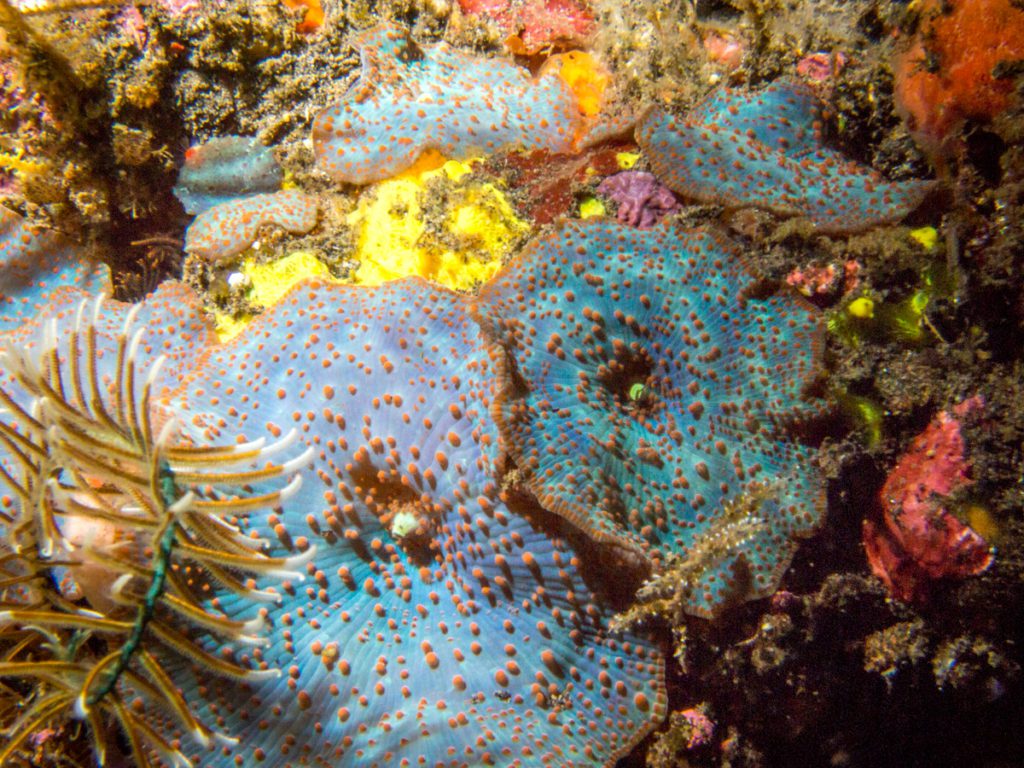
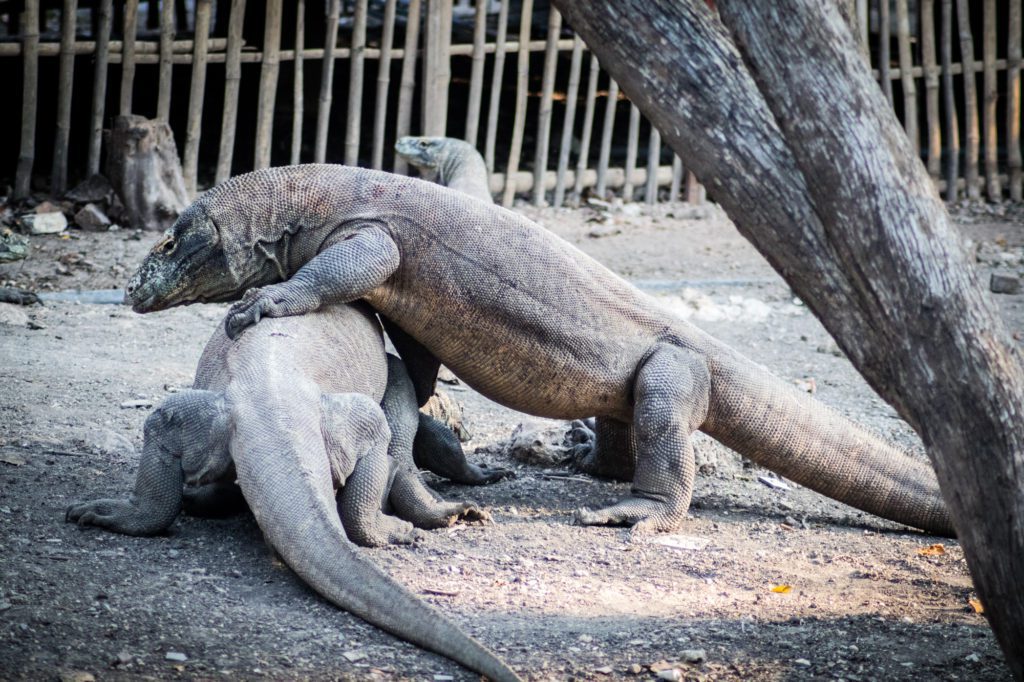
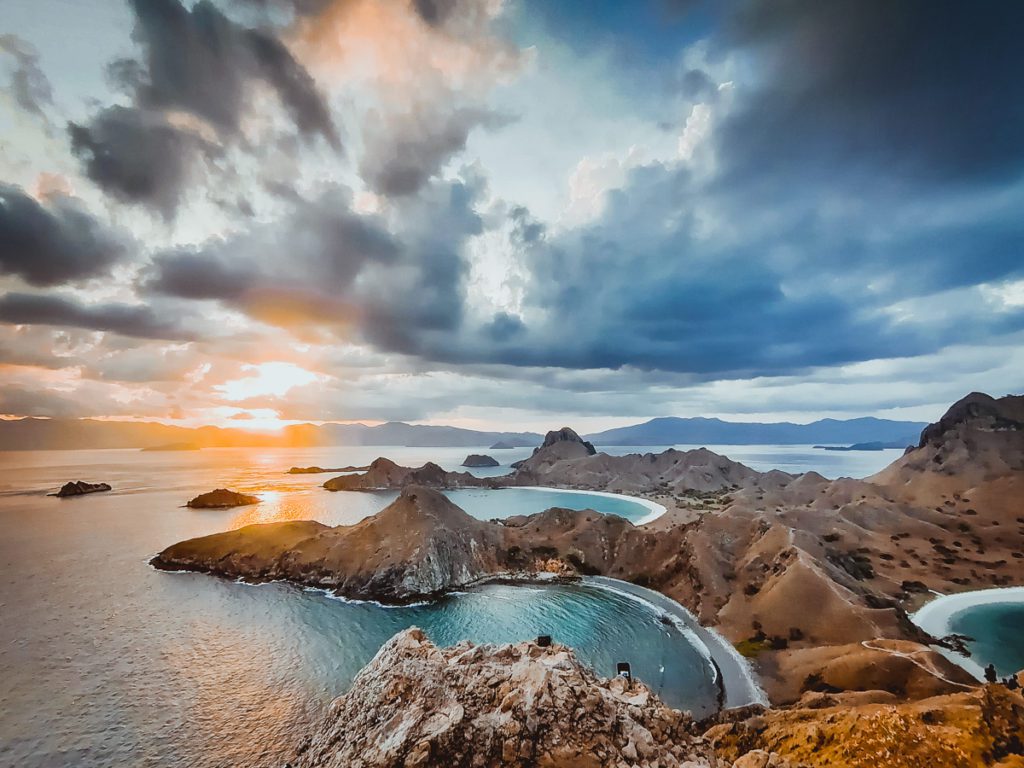
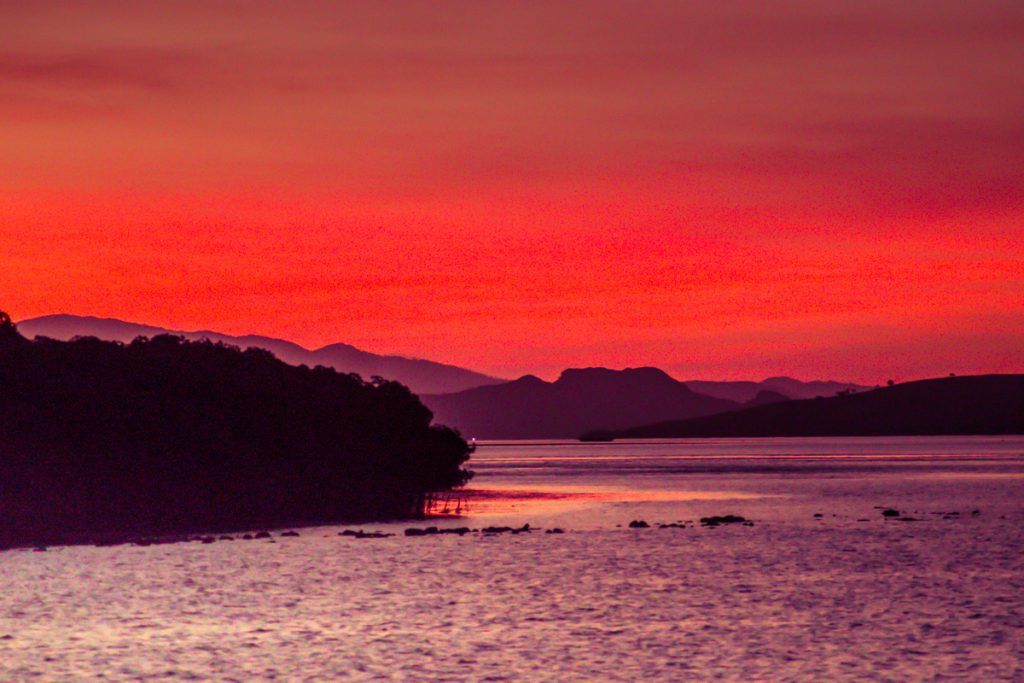
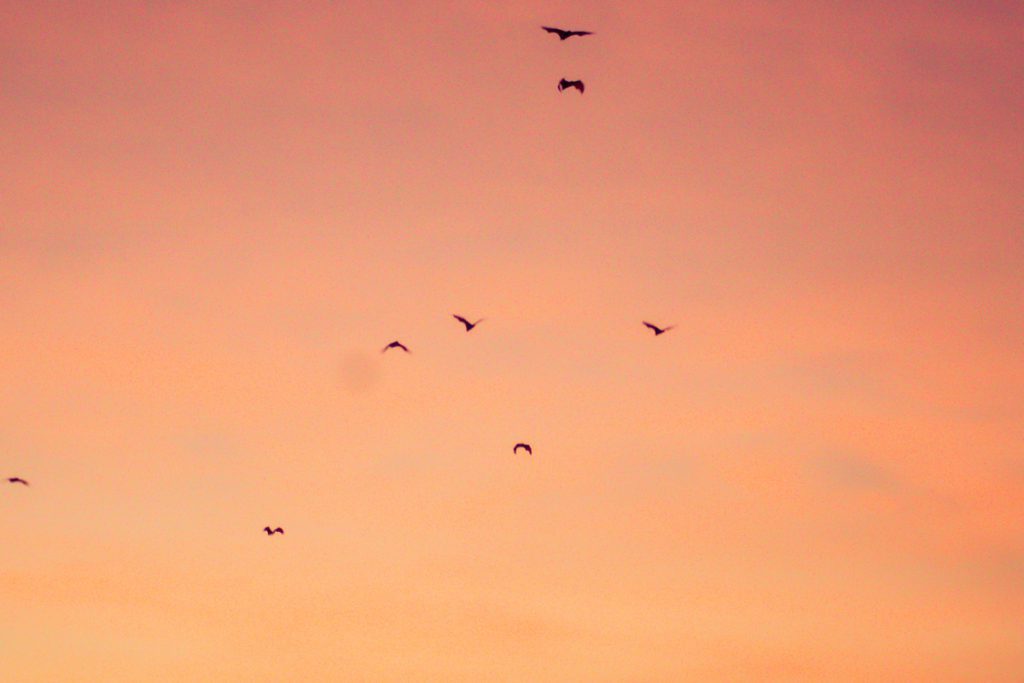
This site is amazing. We would love to work with you on some diving trips or for booking more guests. Excellent job on all the great information. Thank you. – Tis